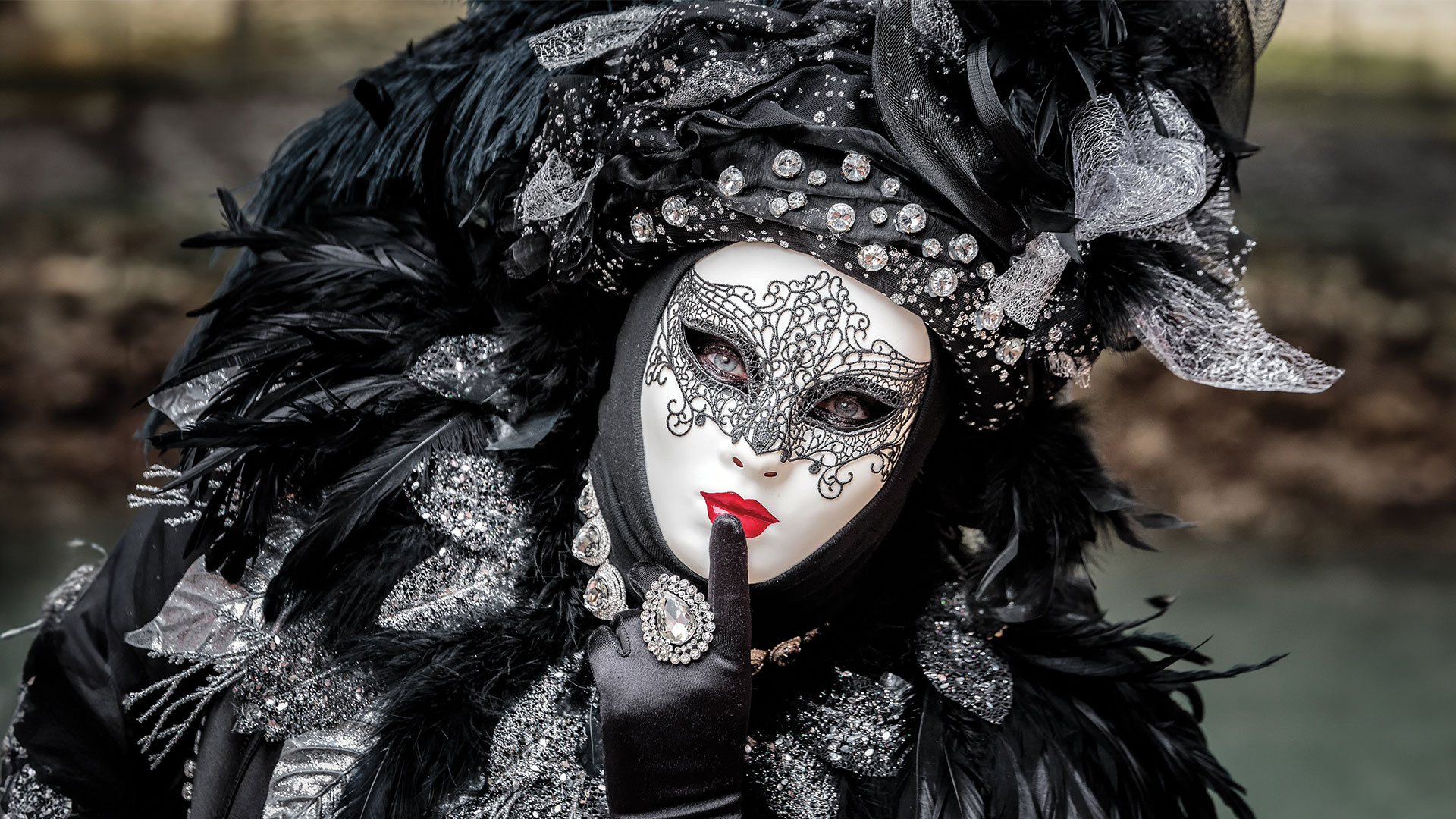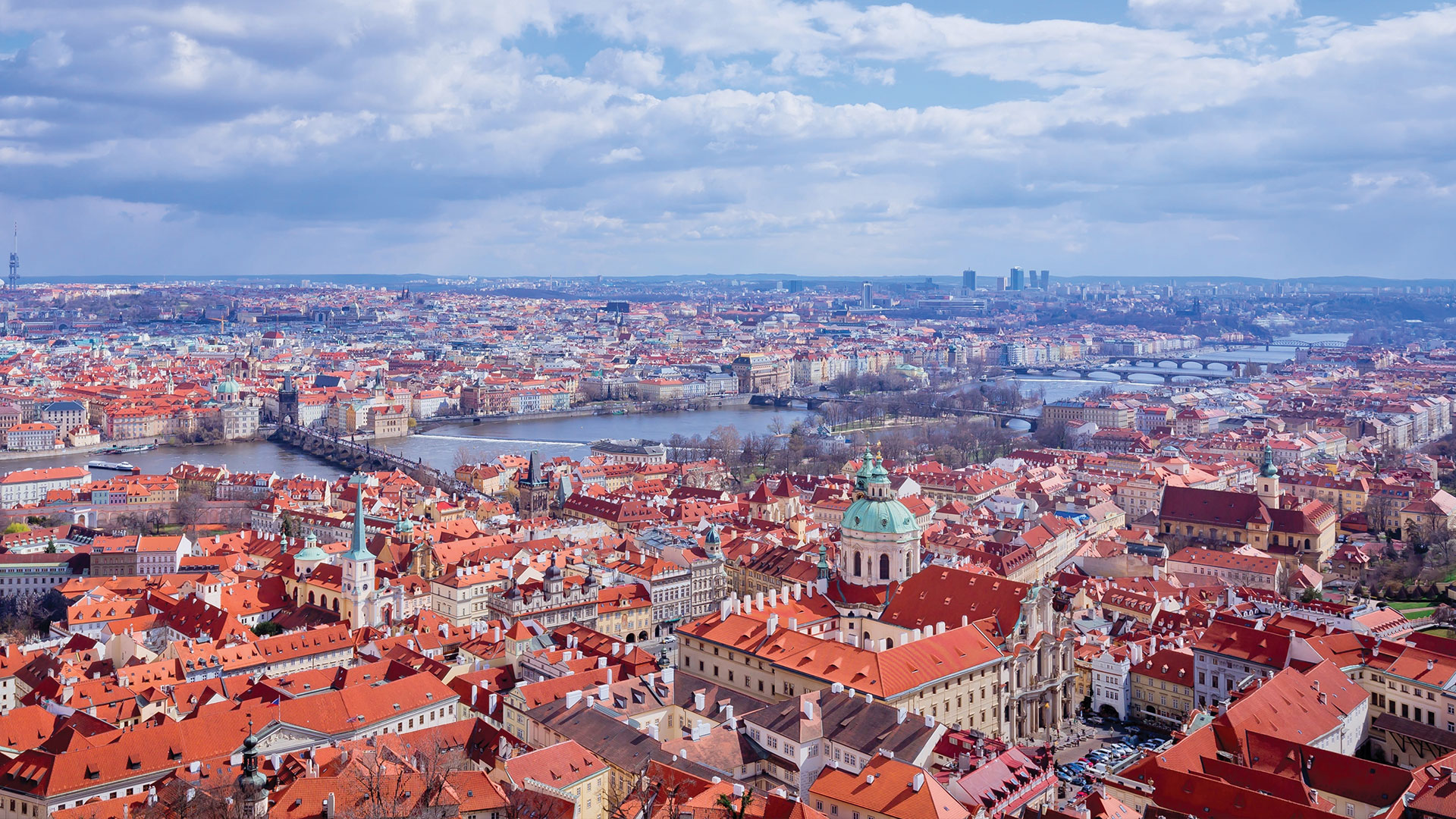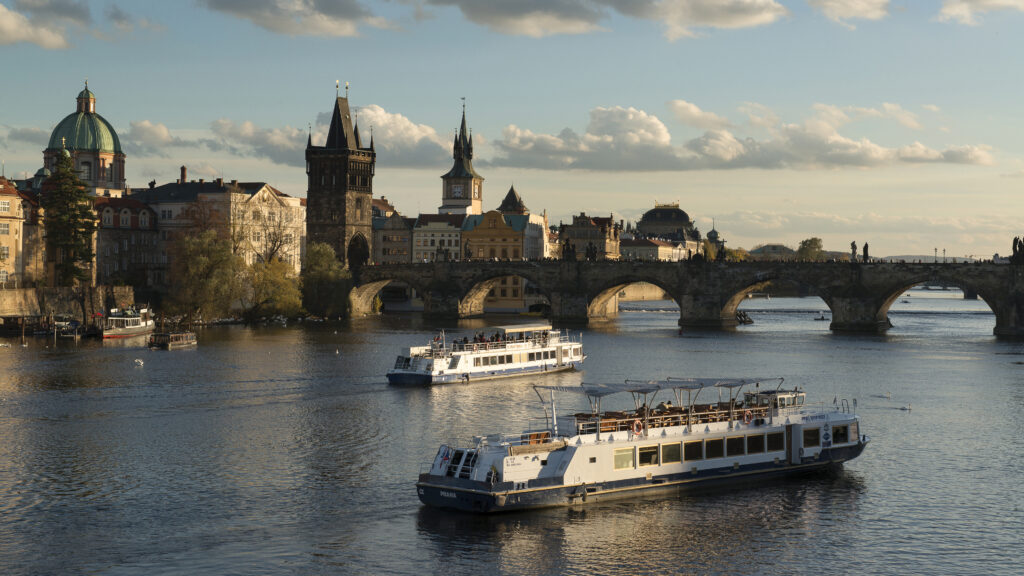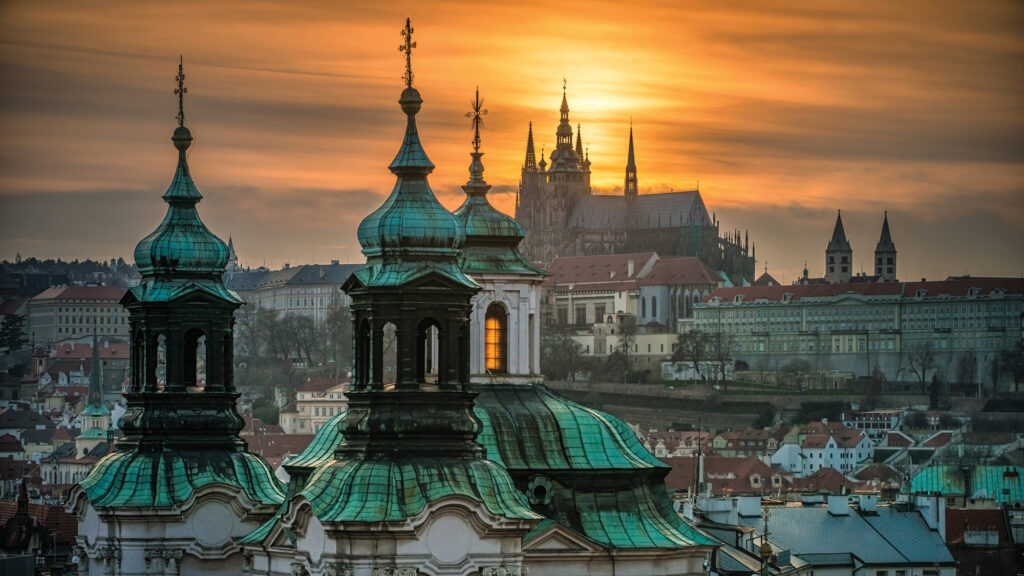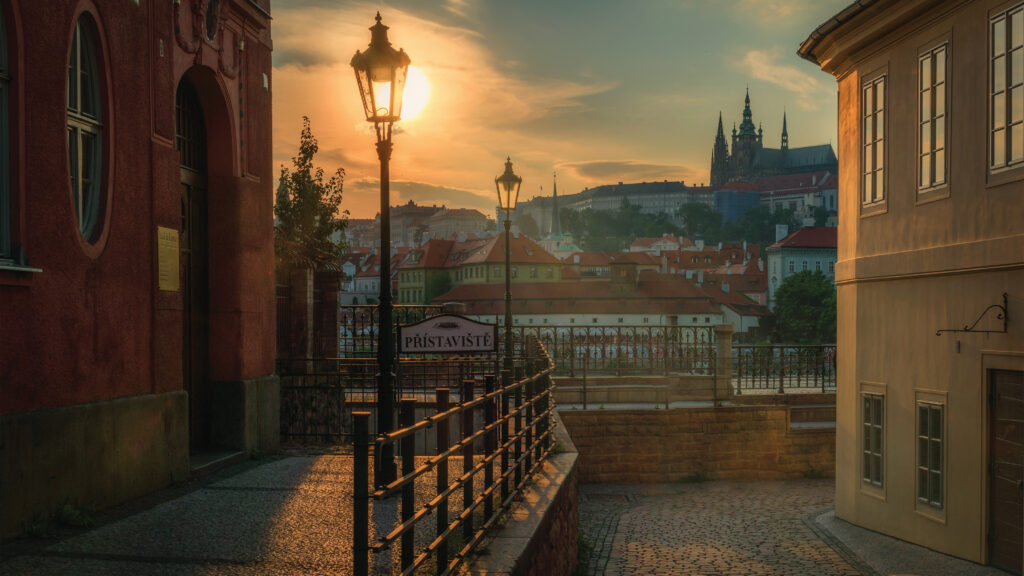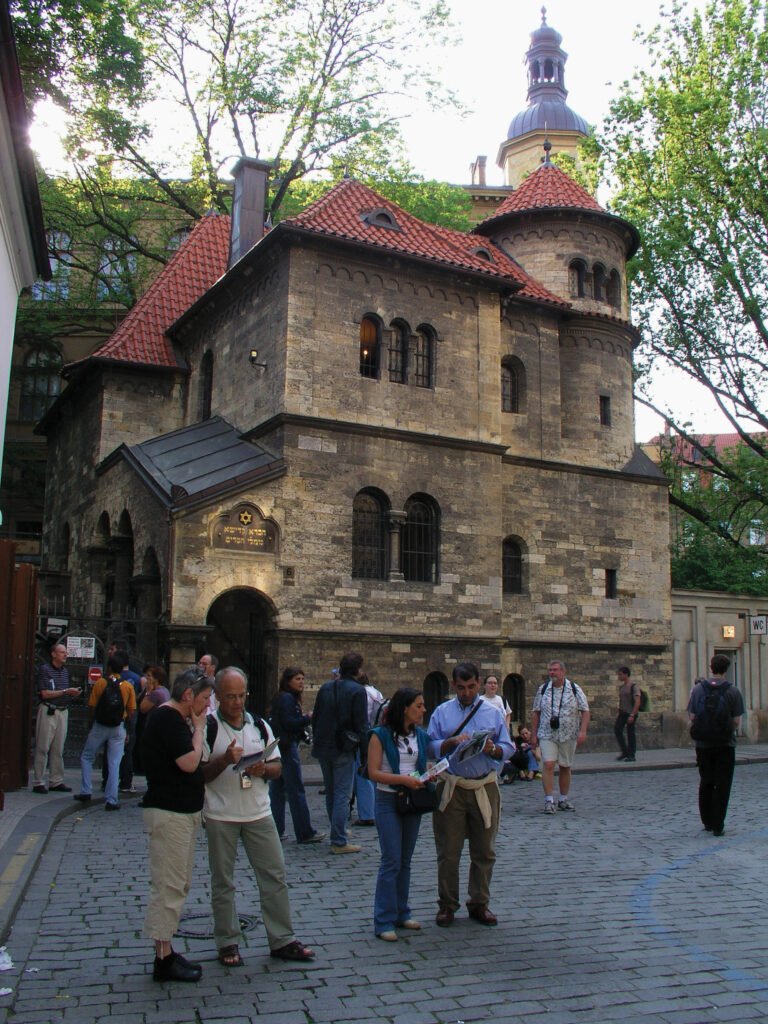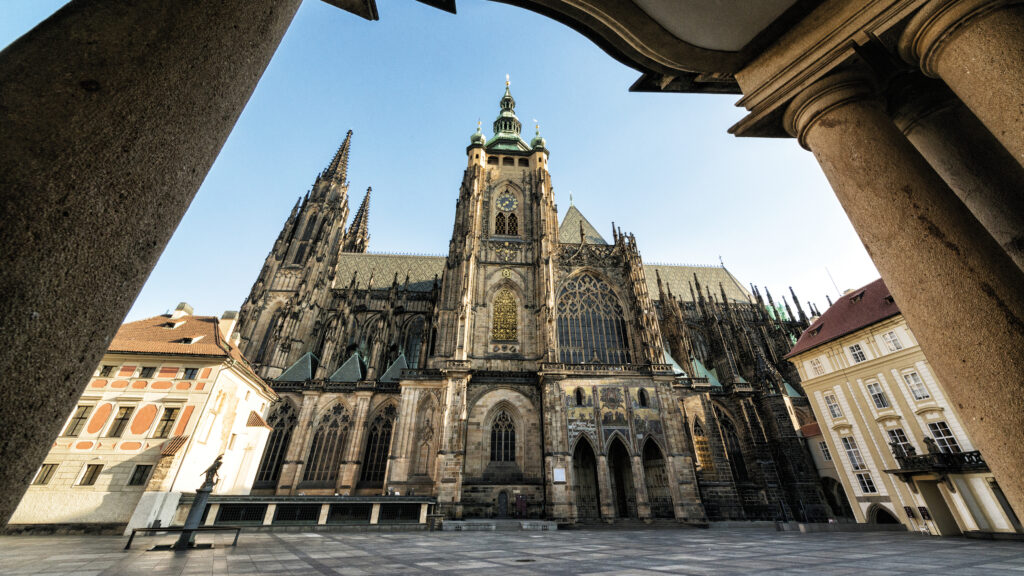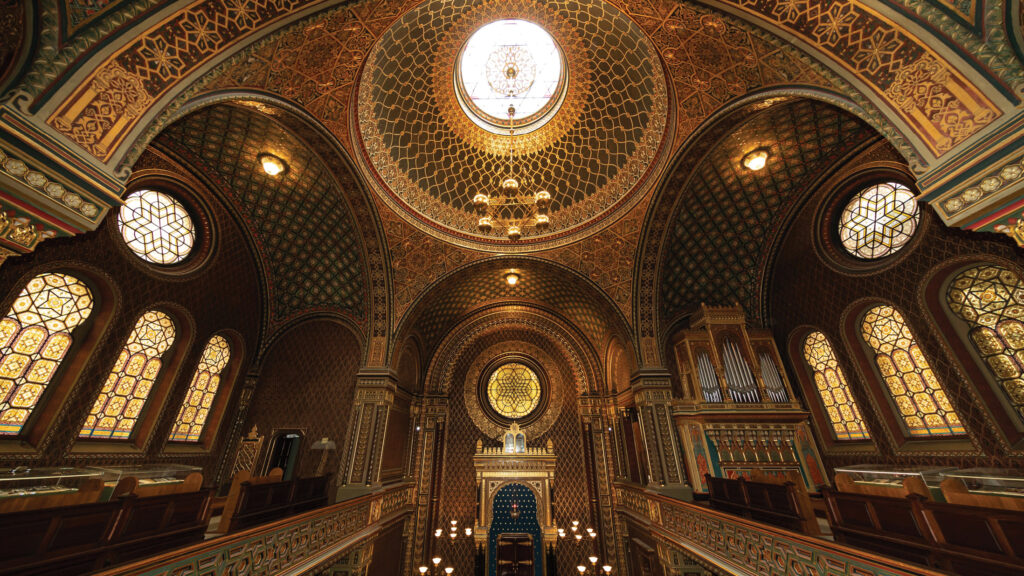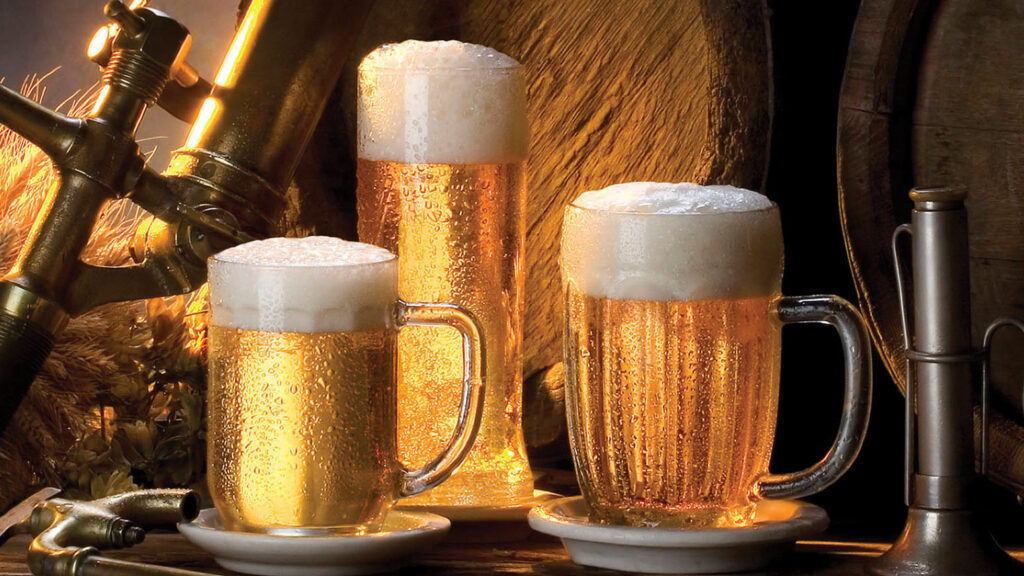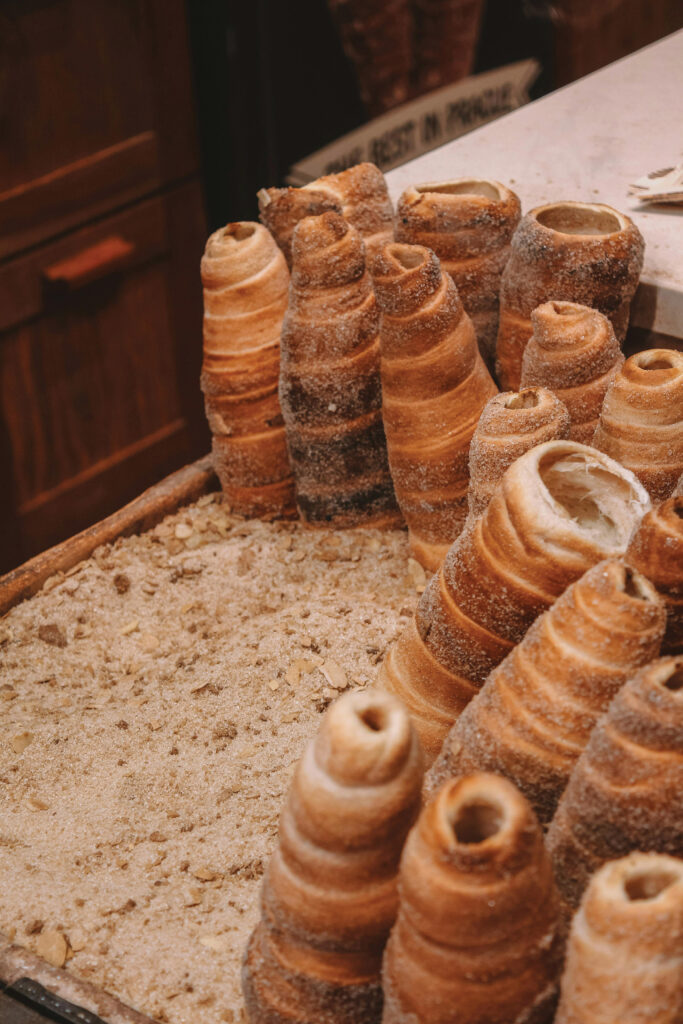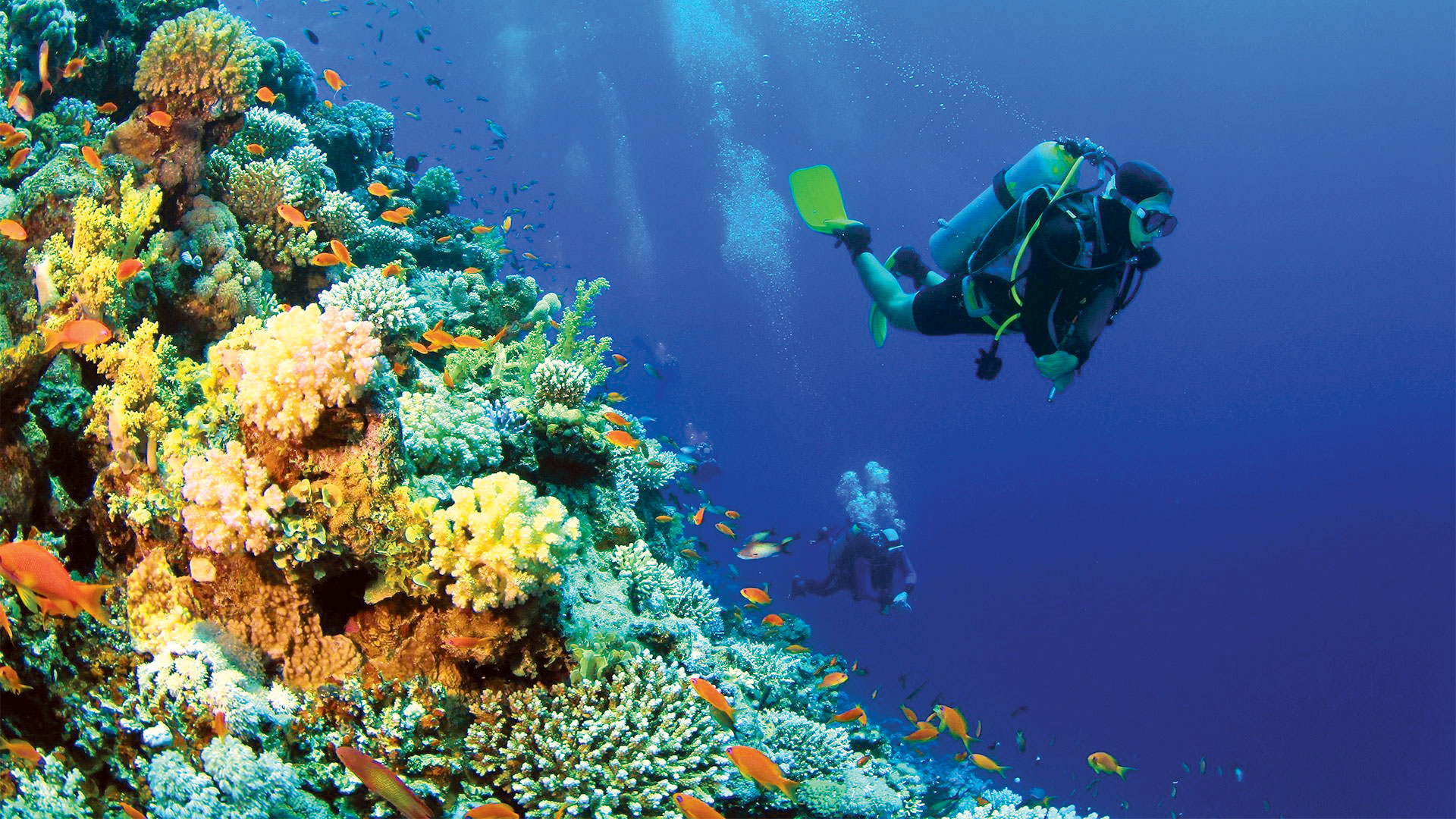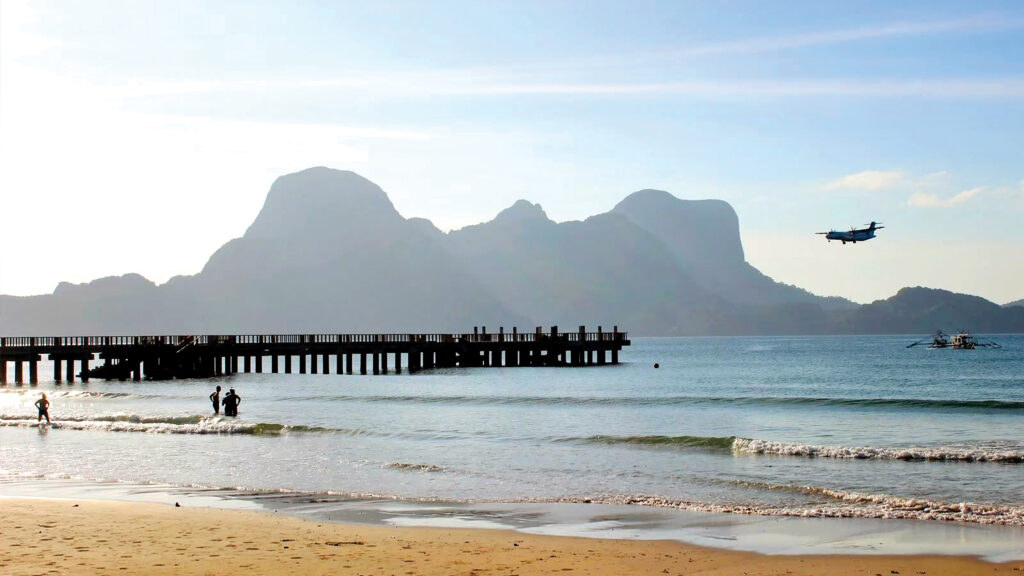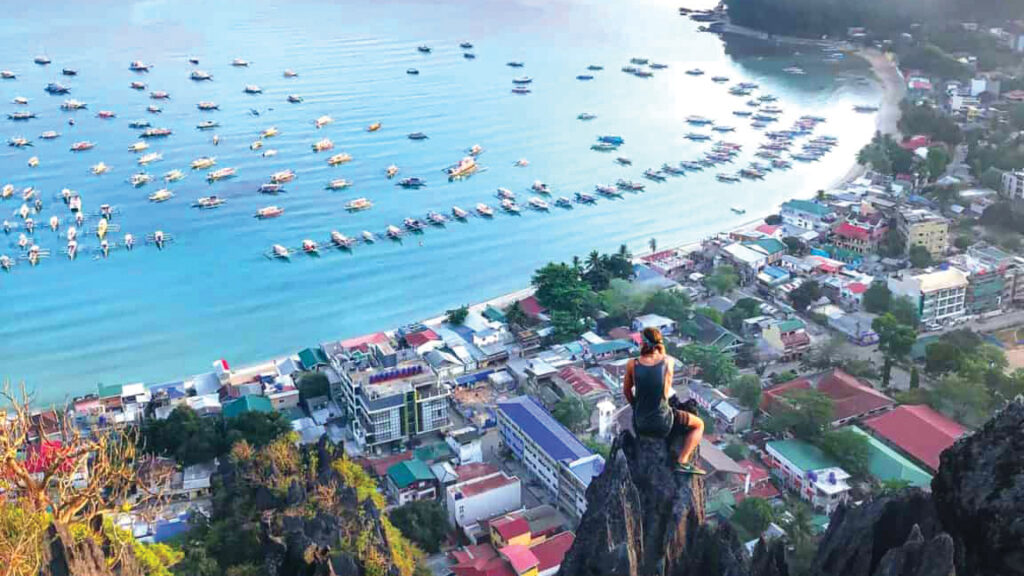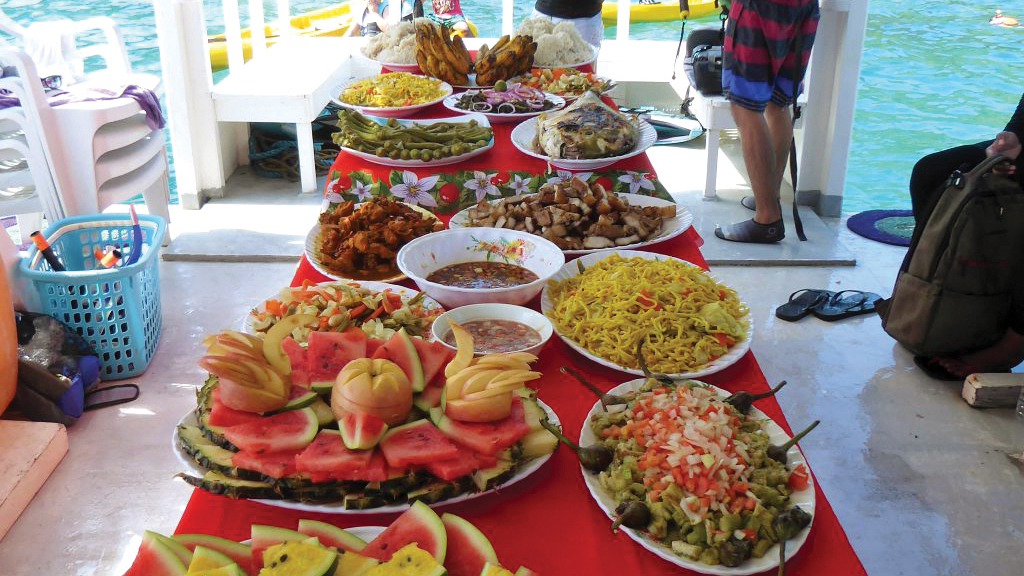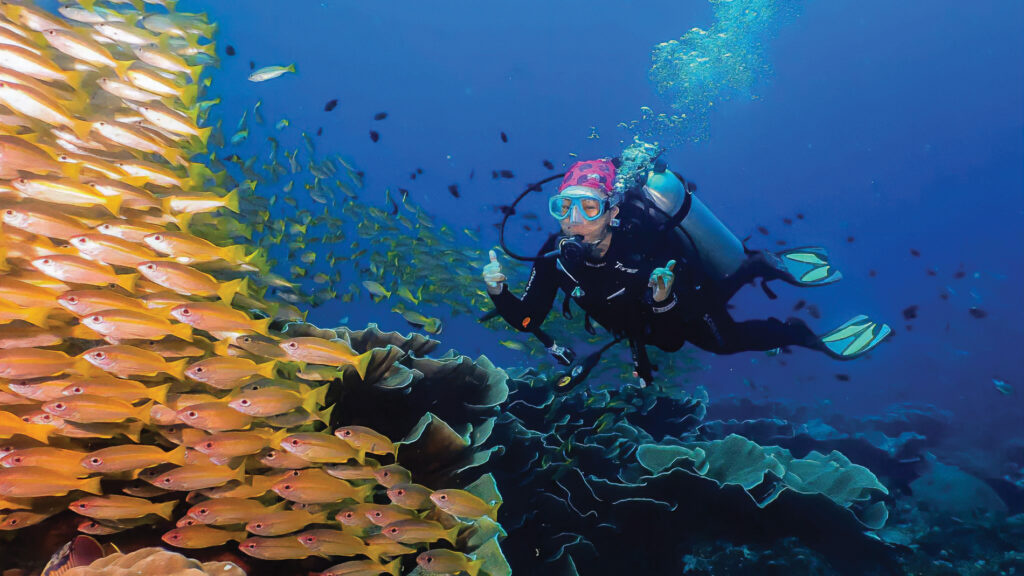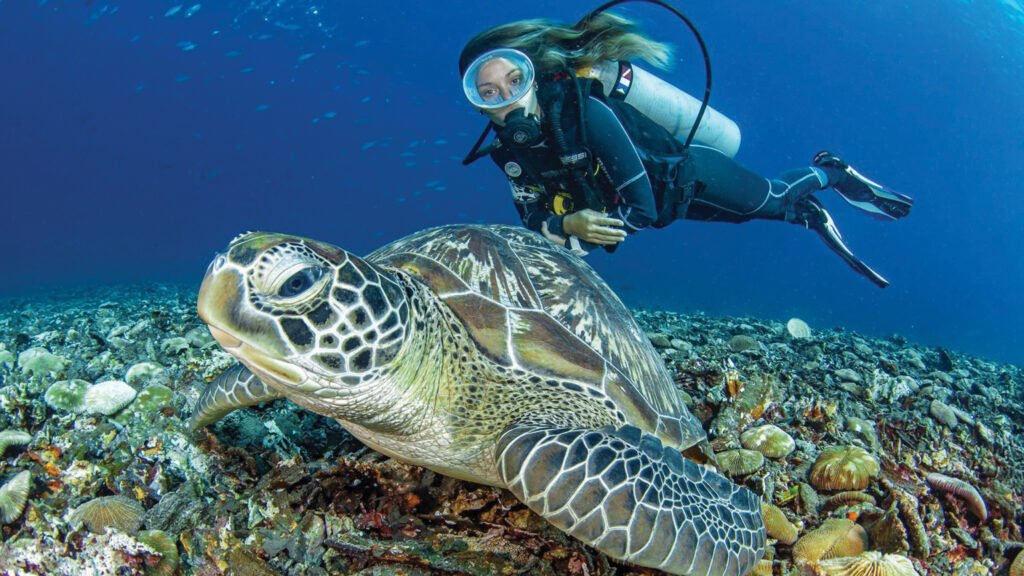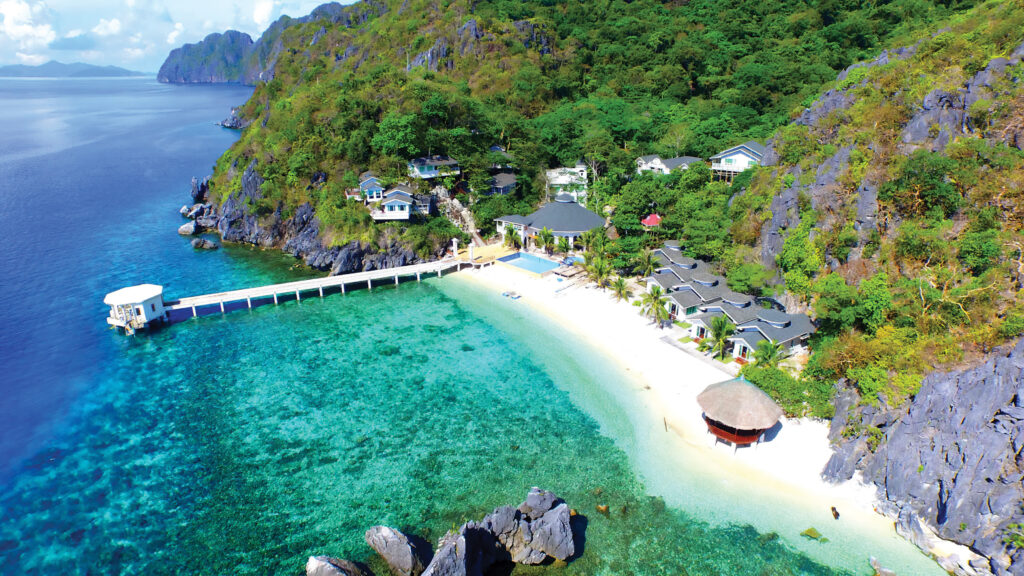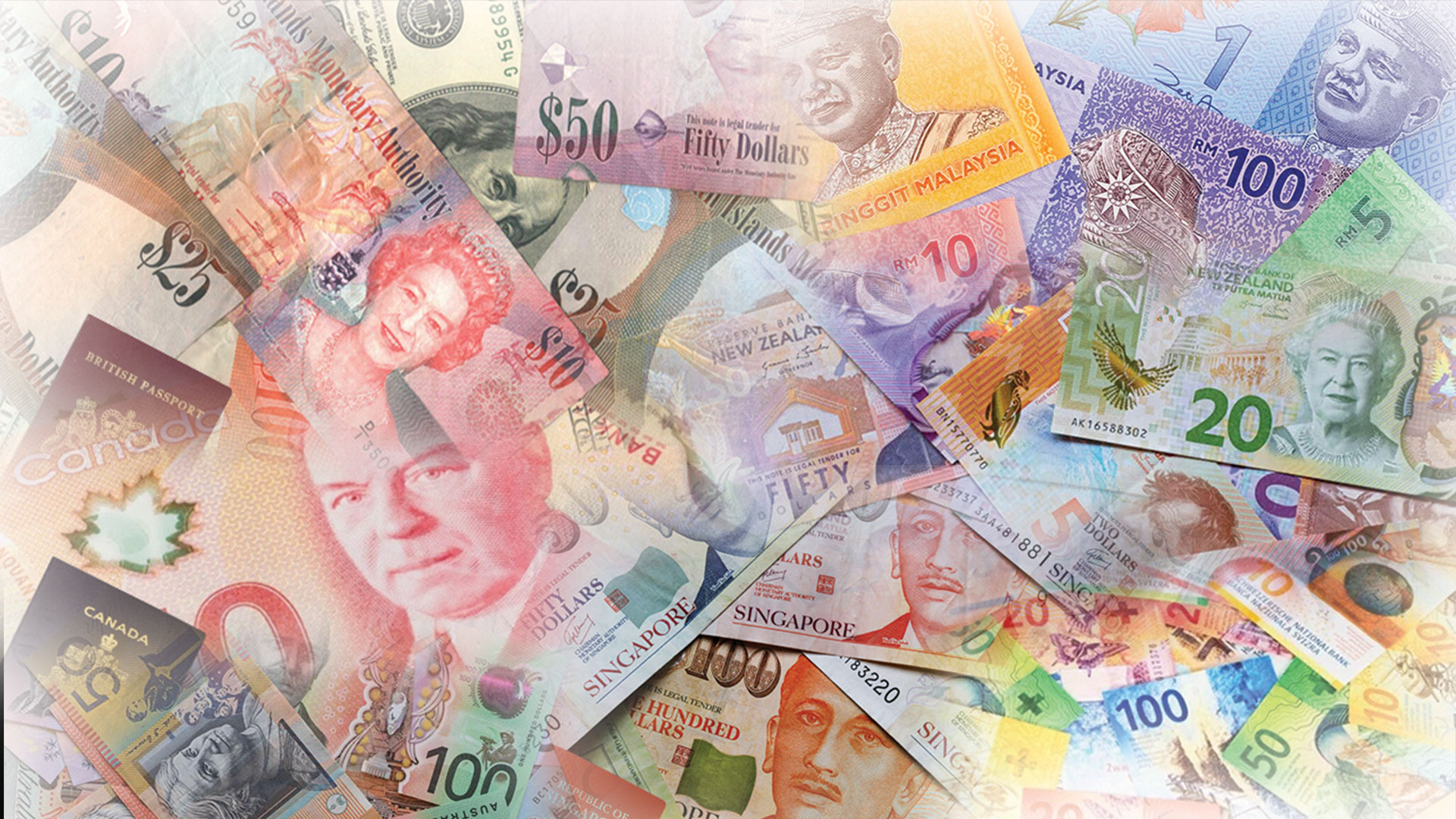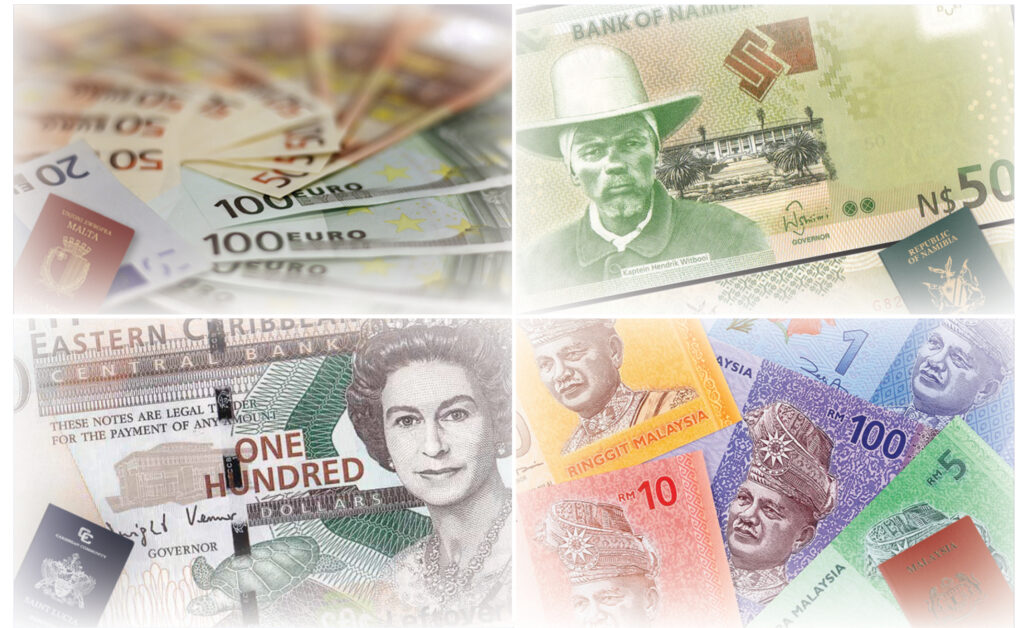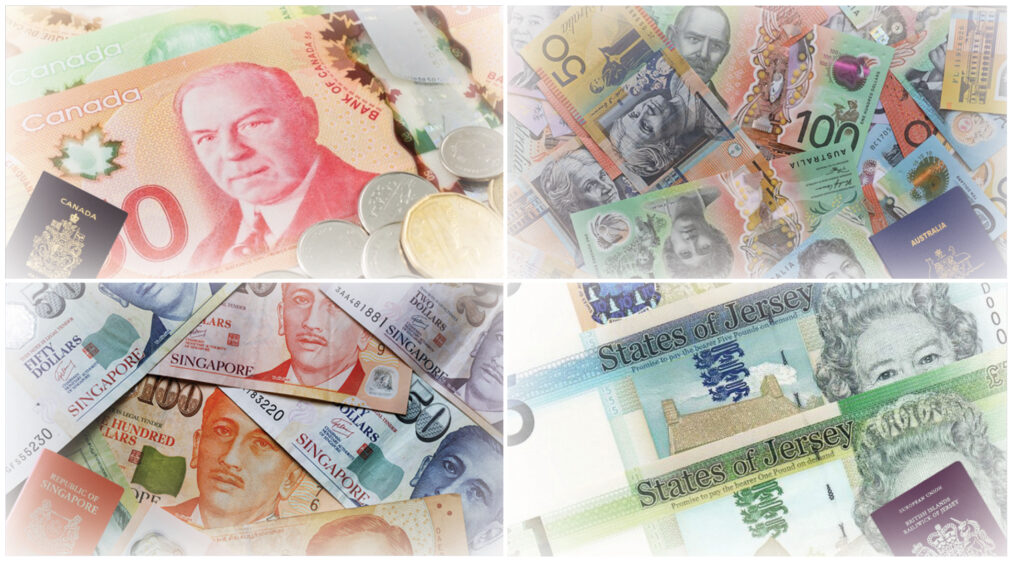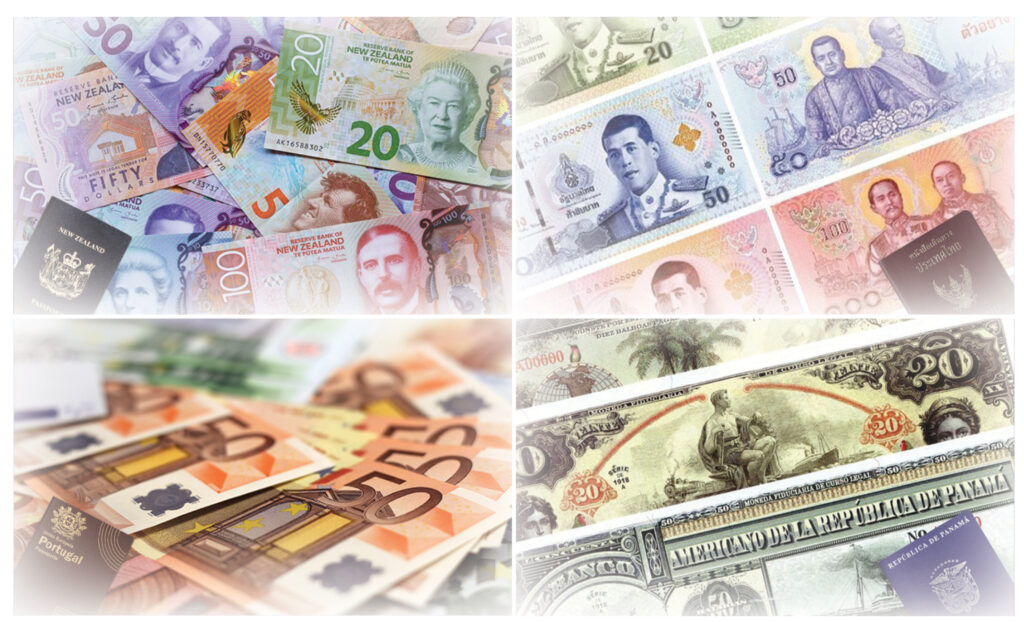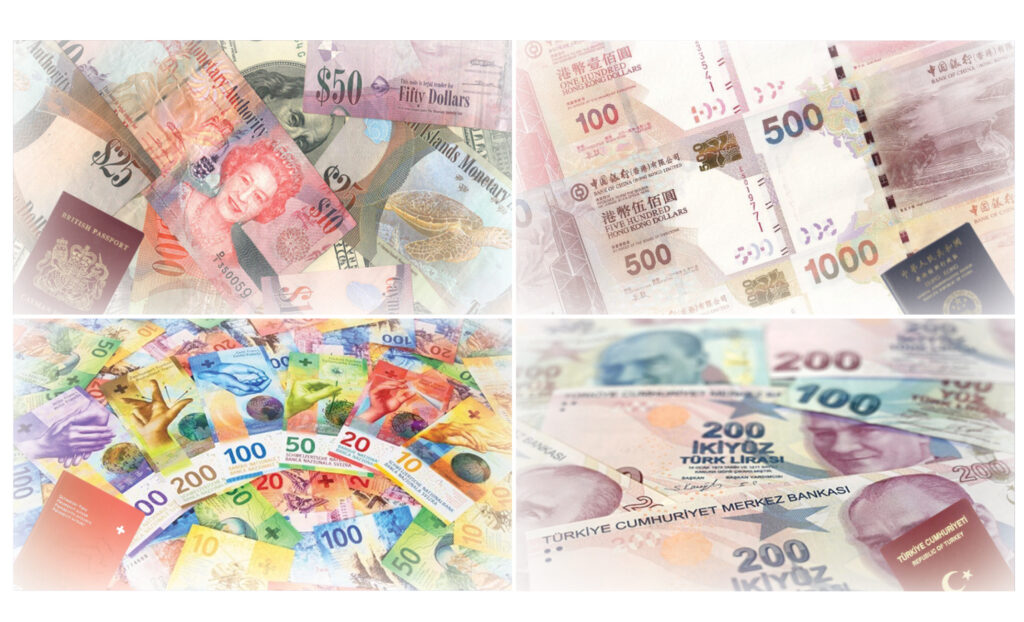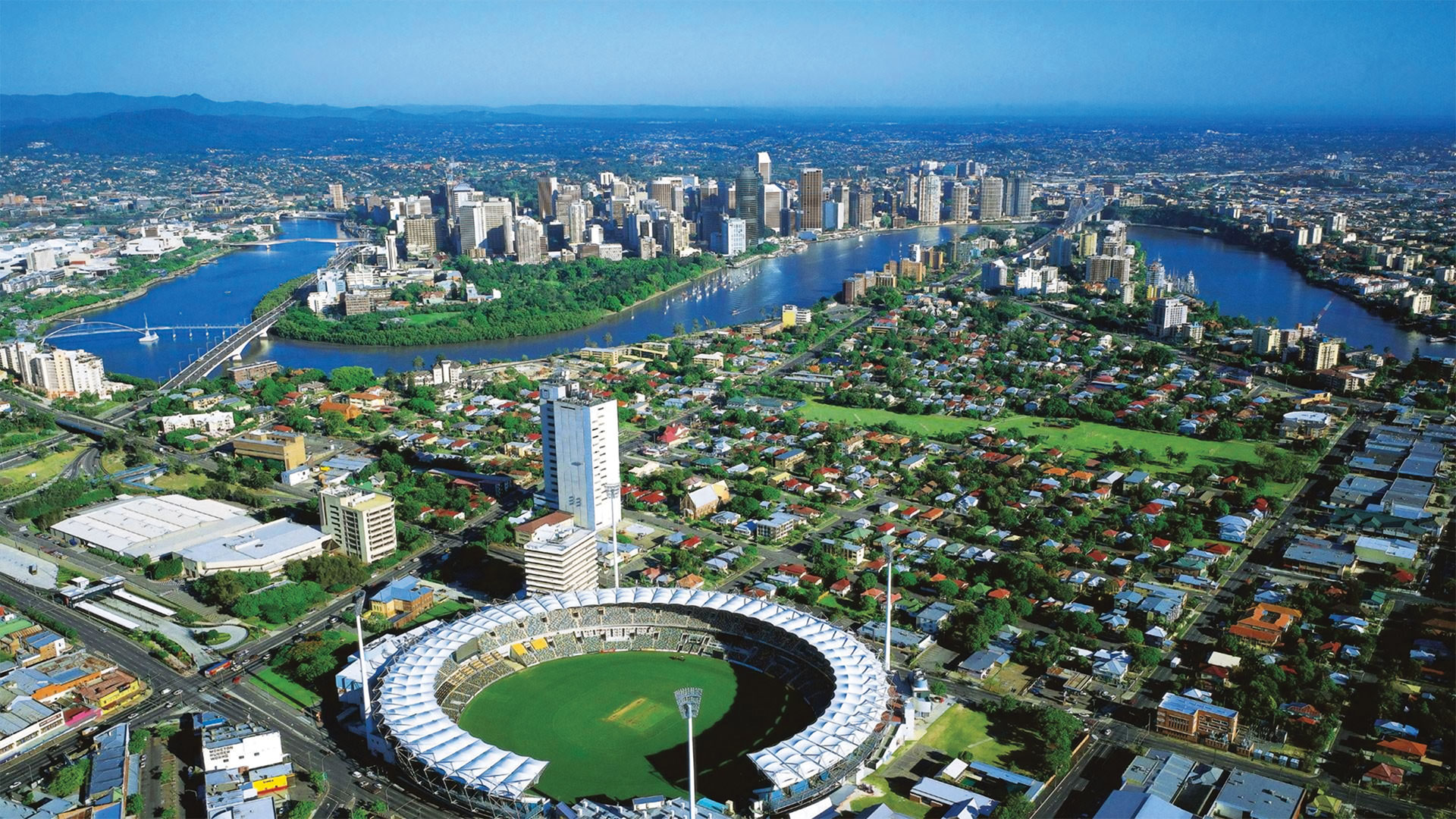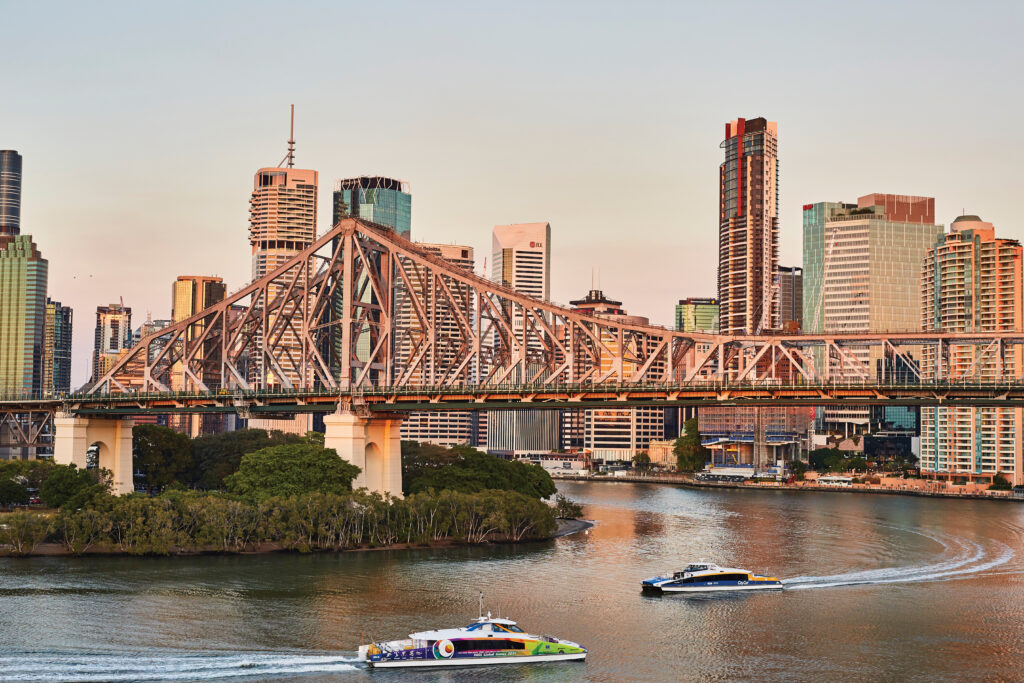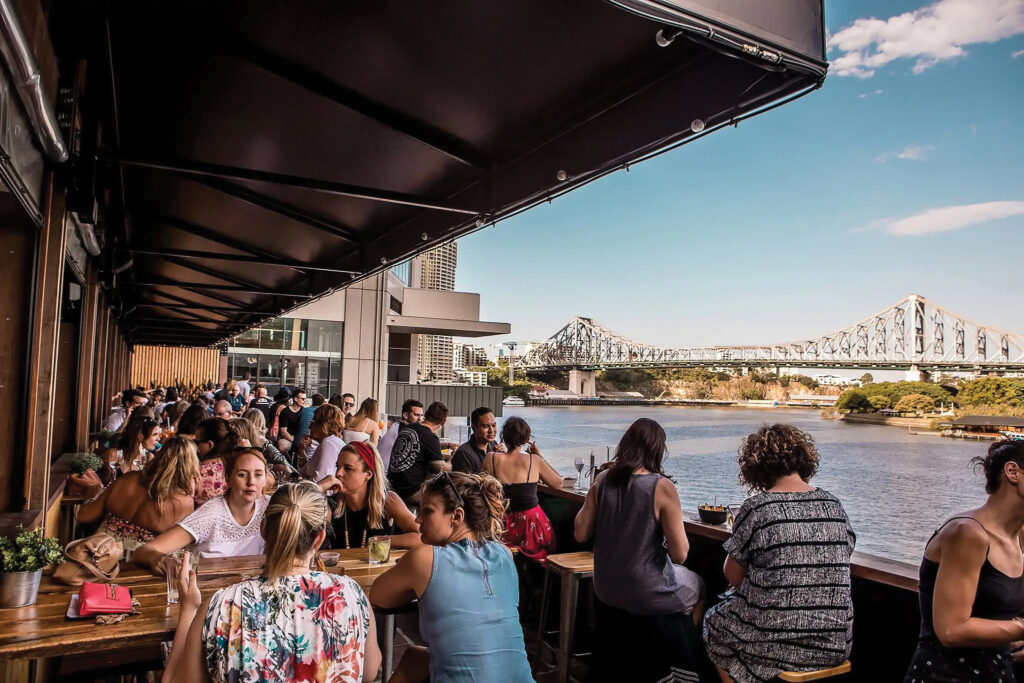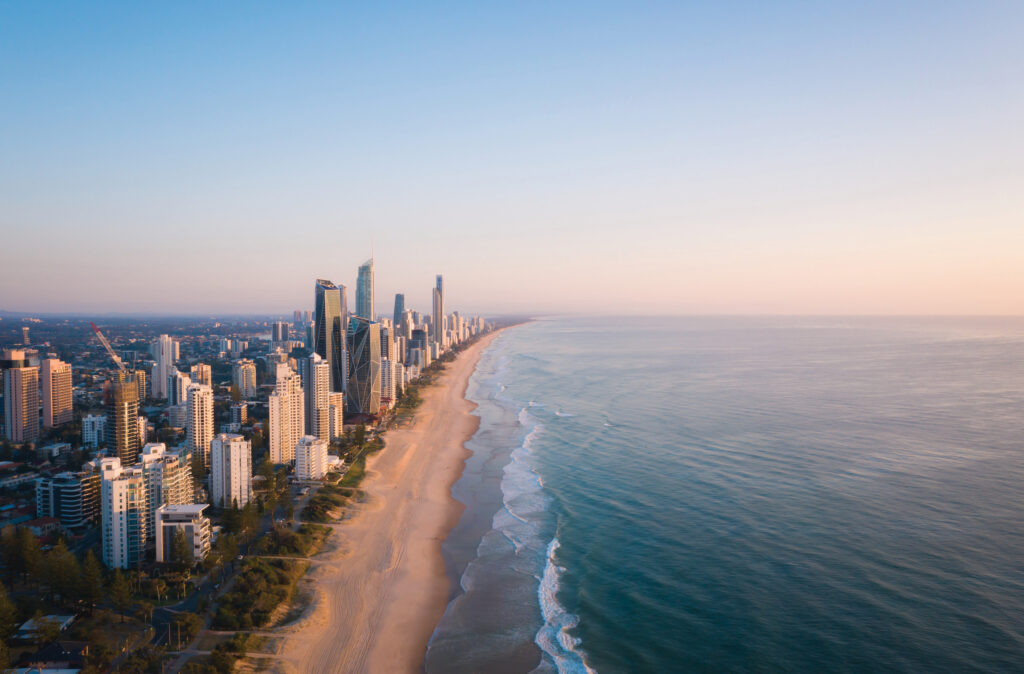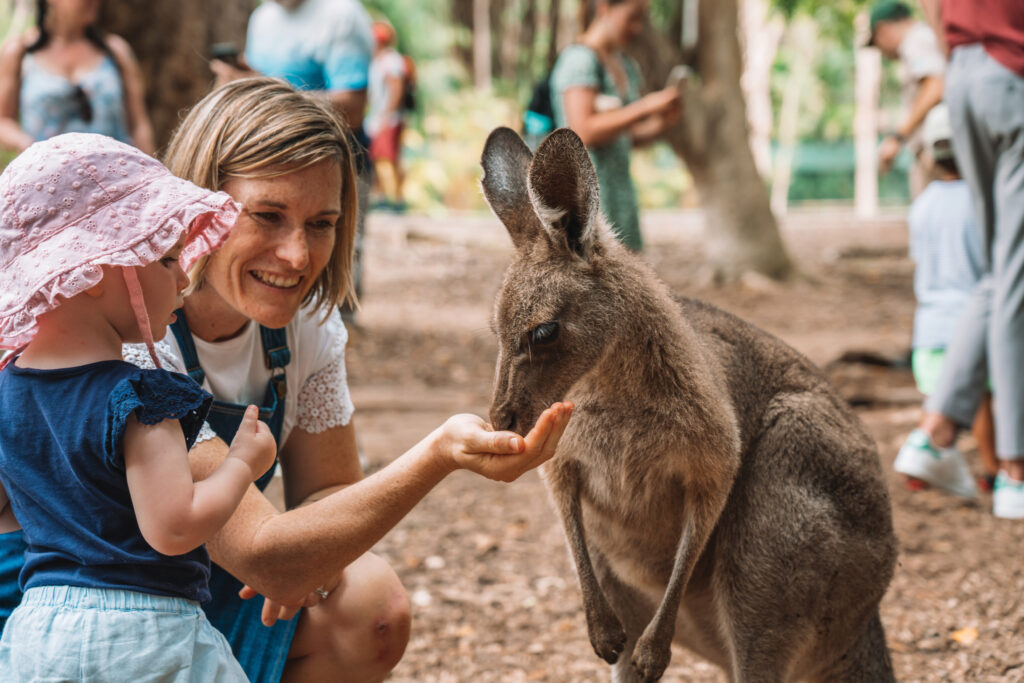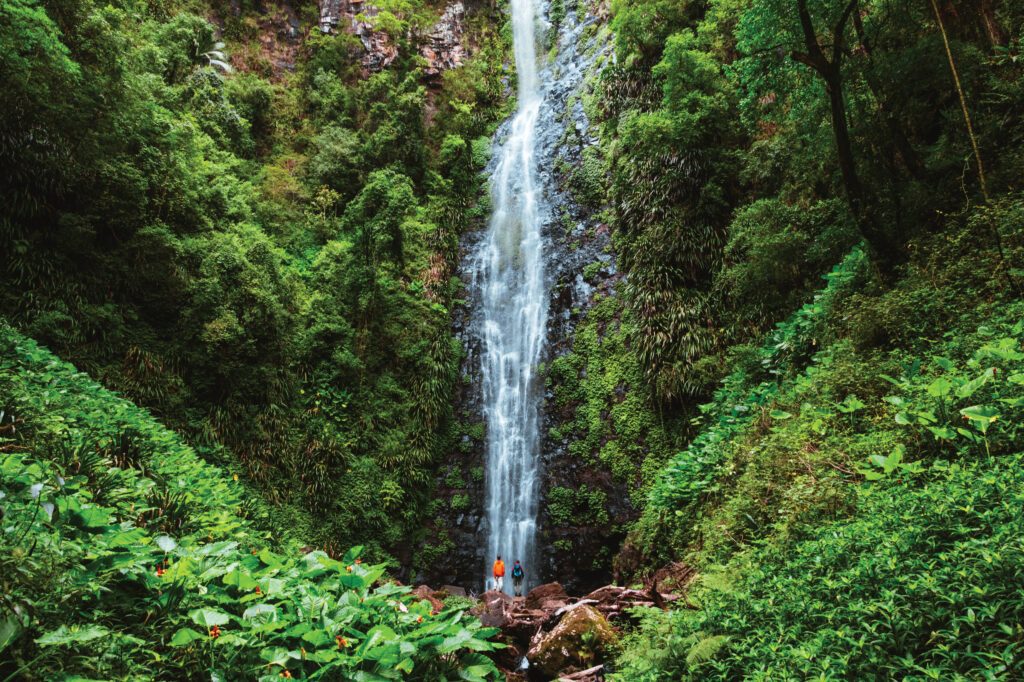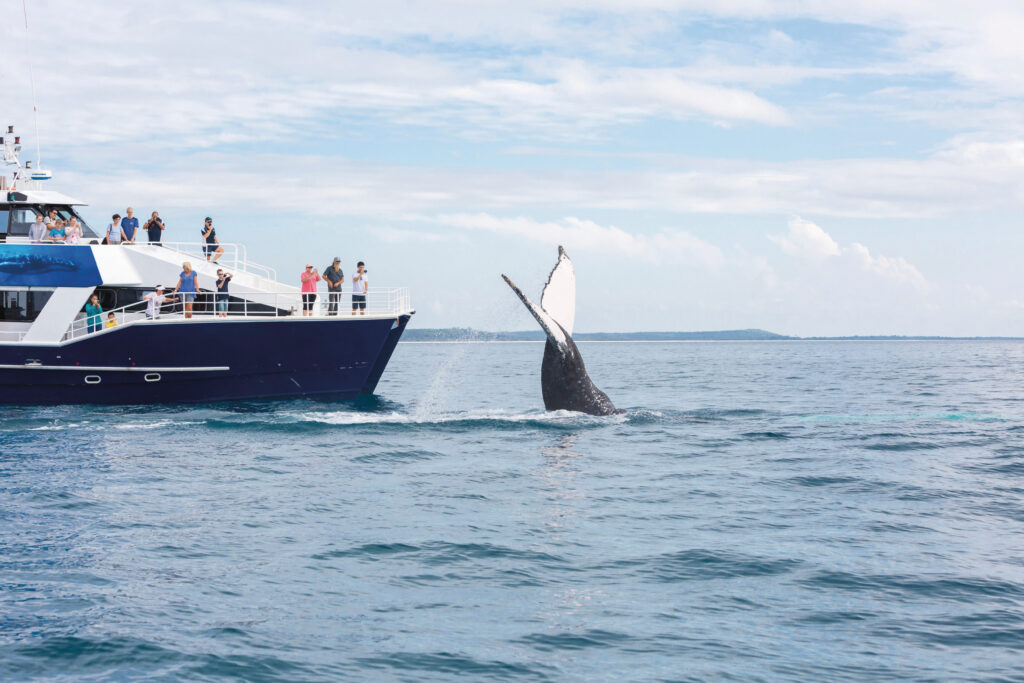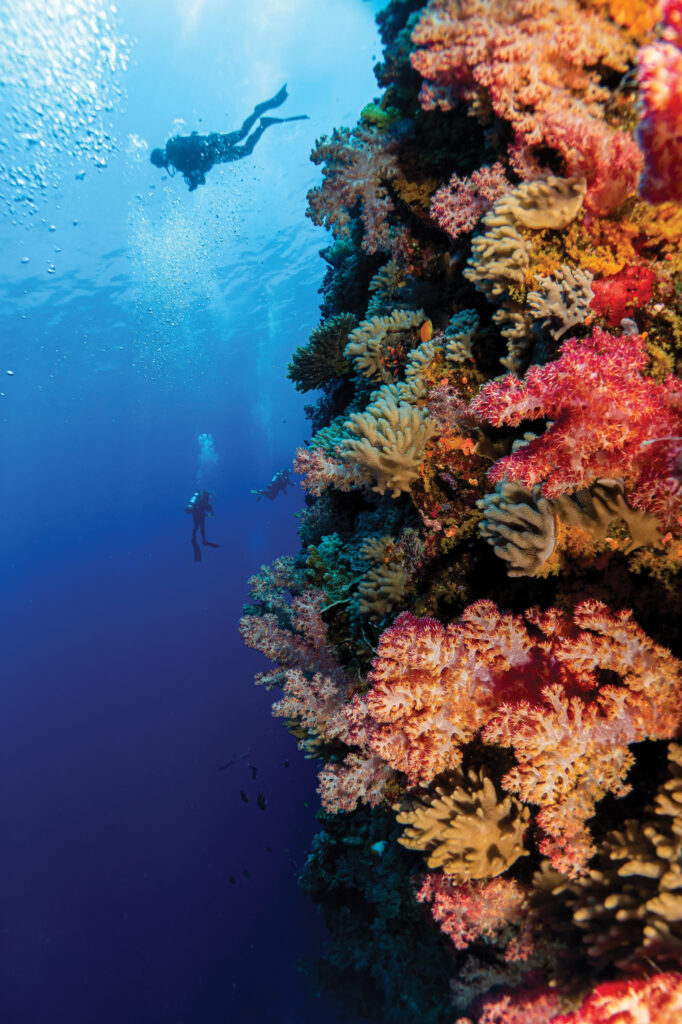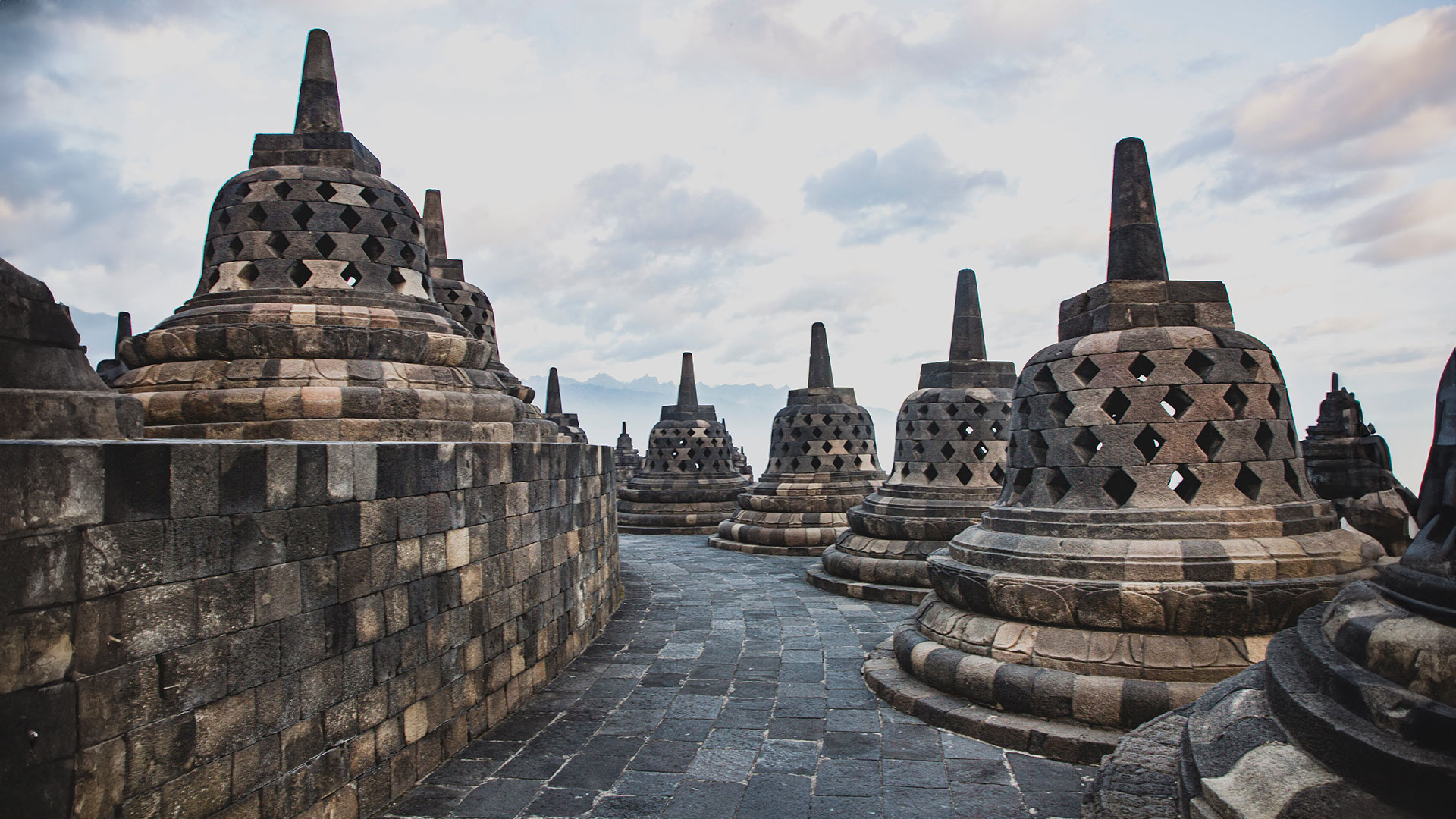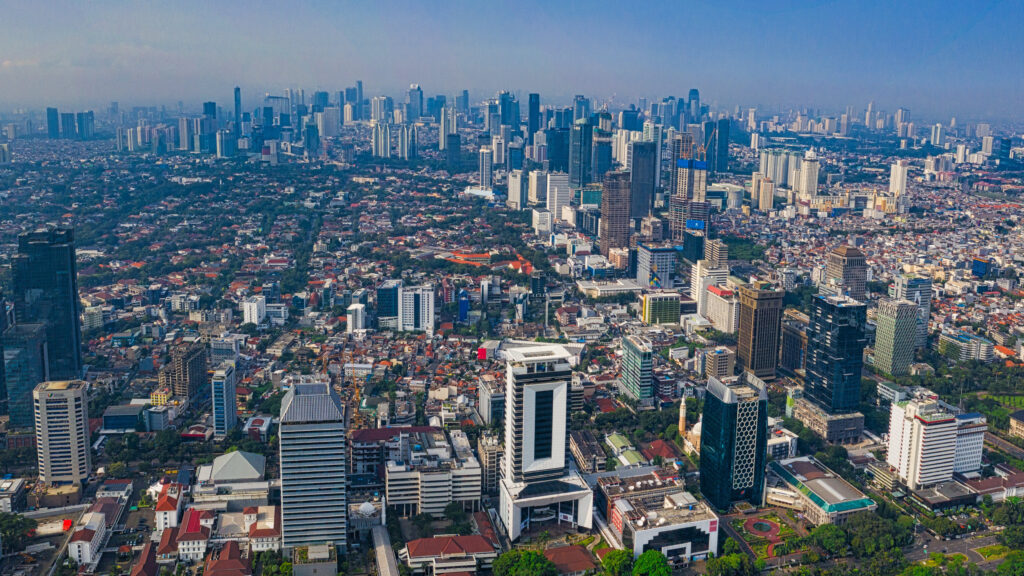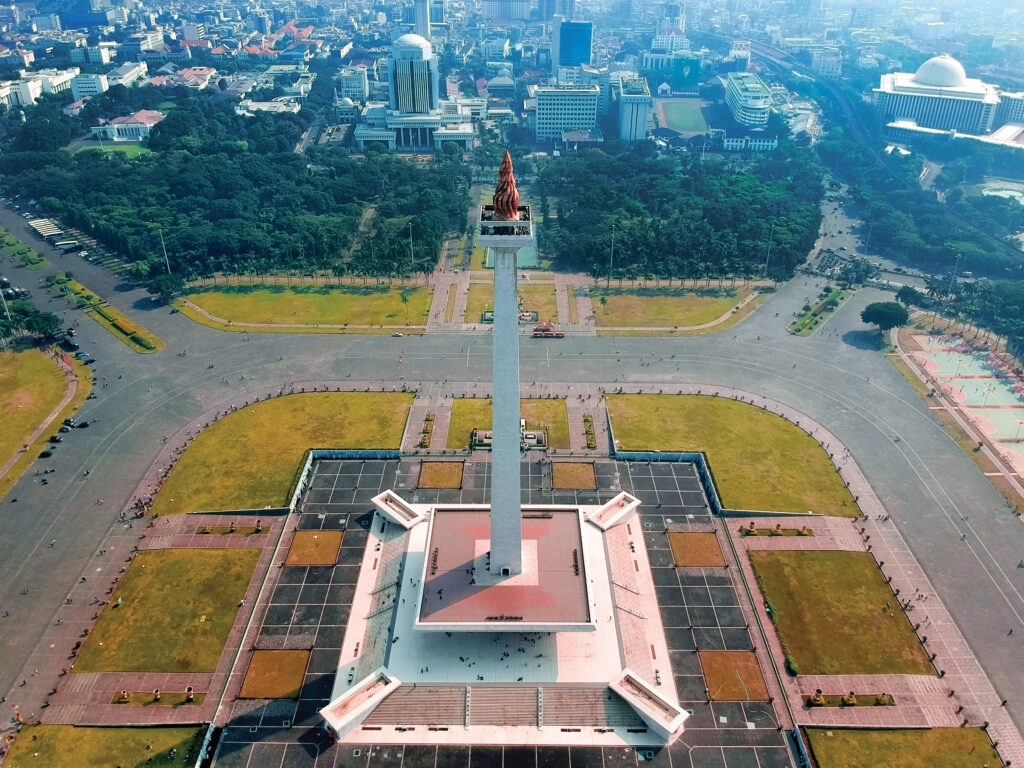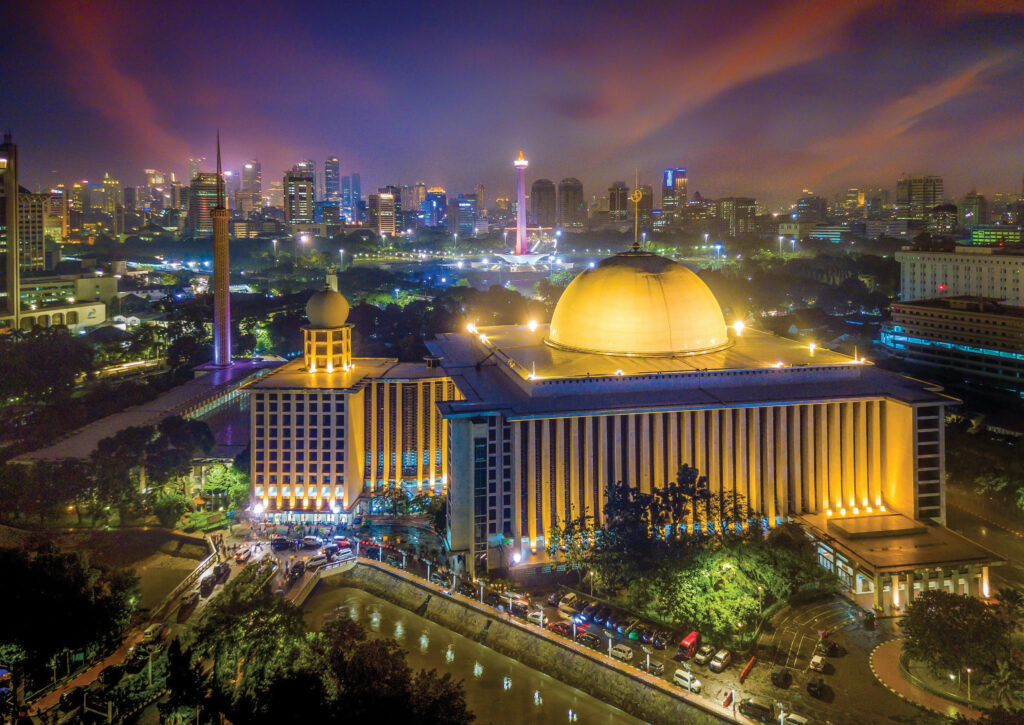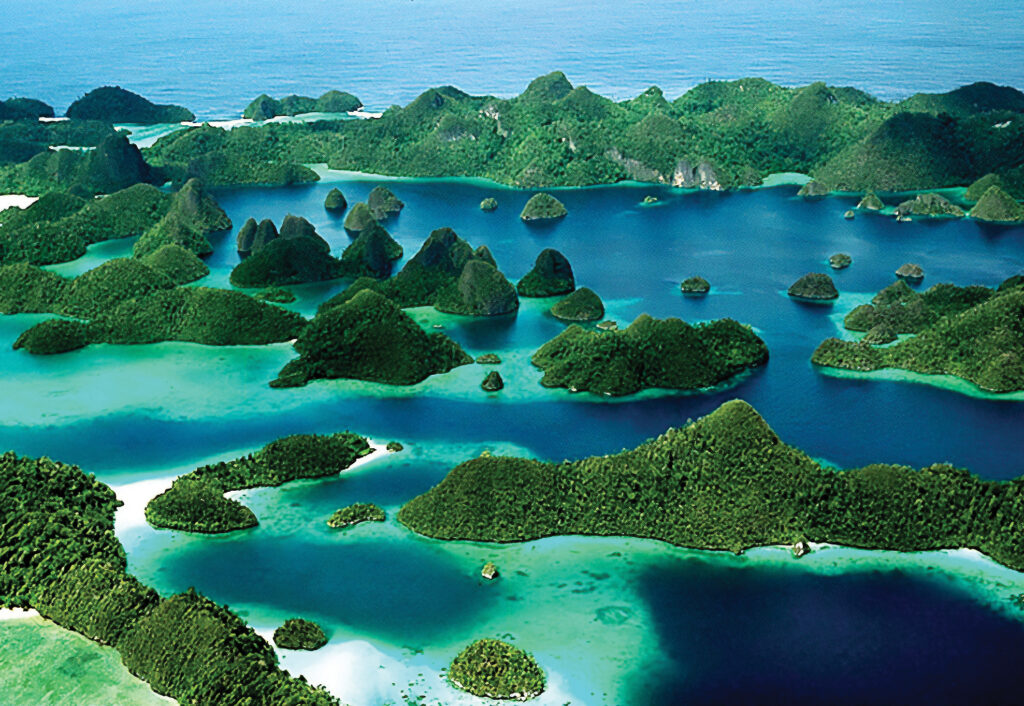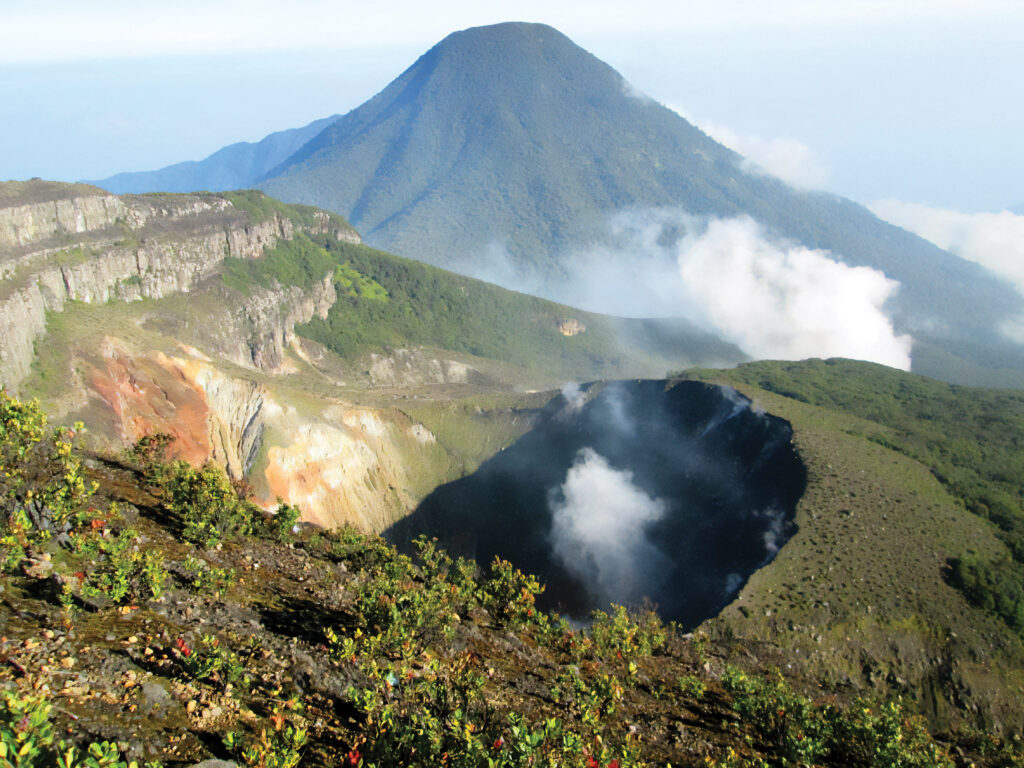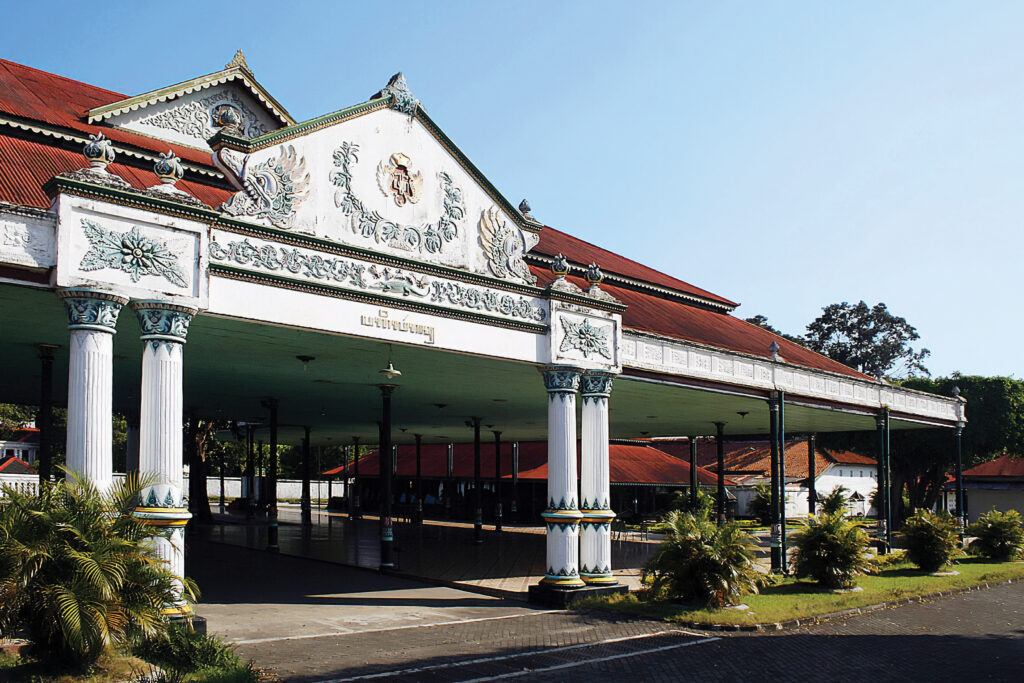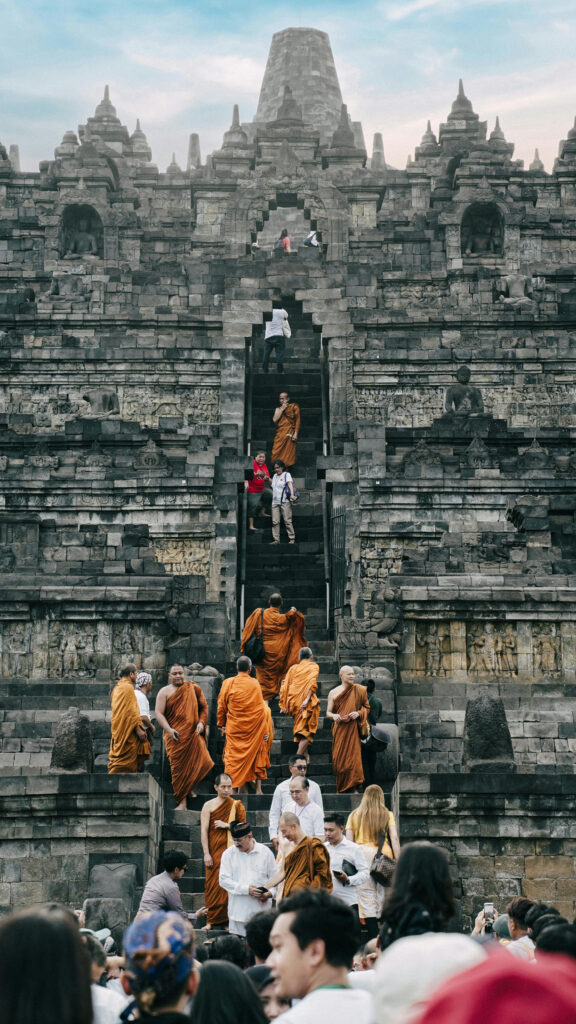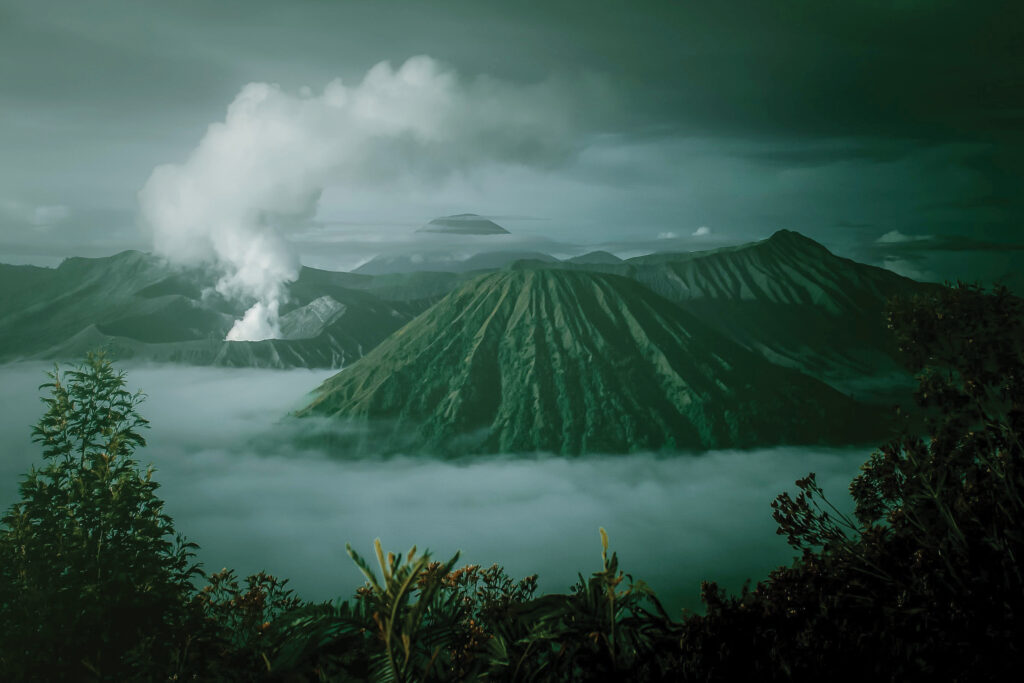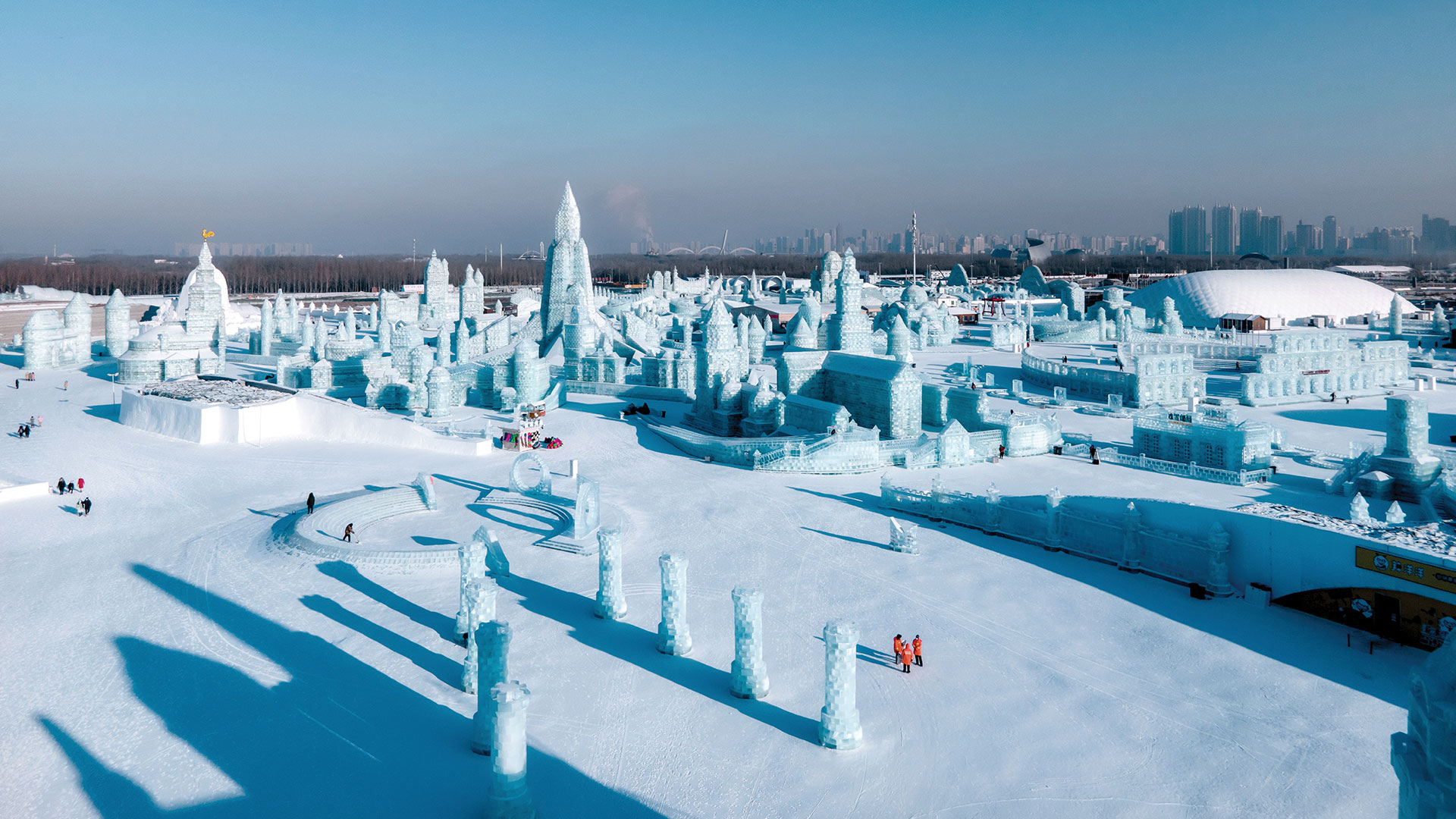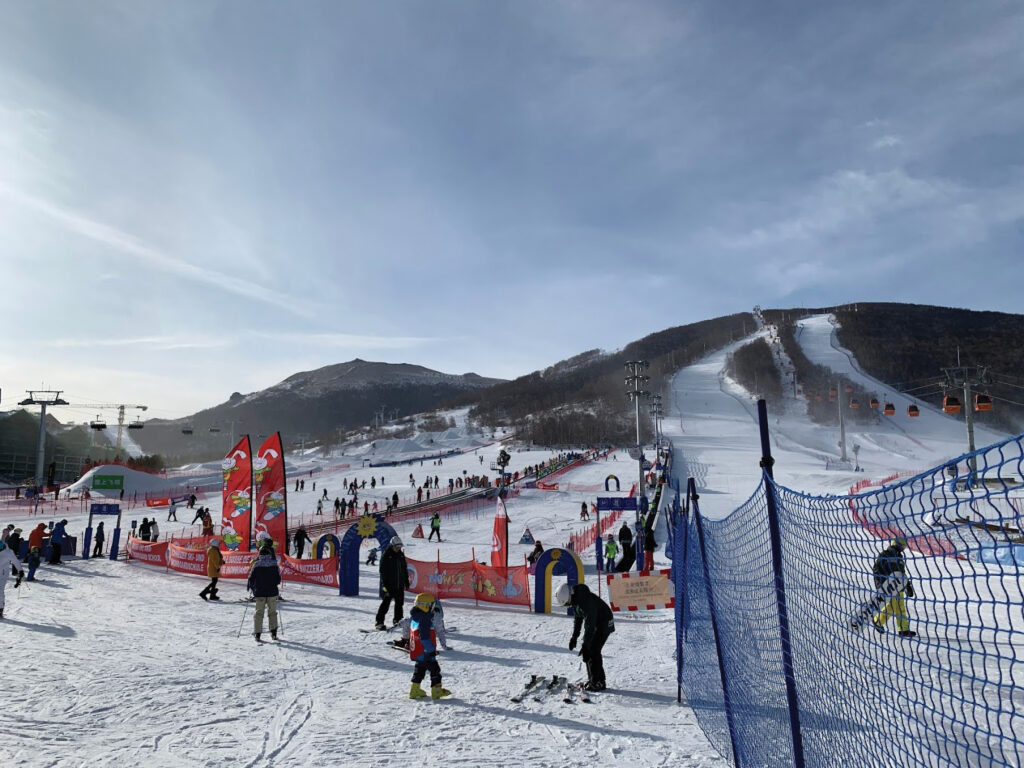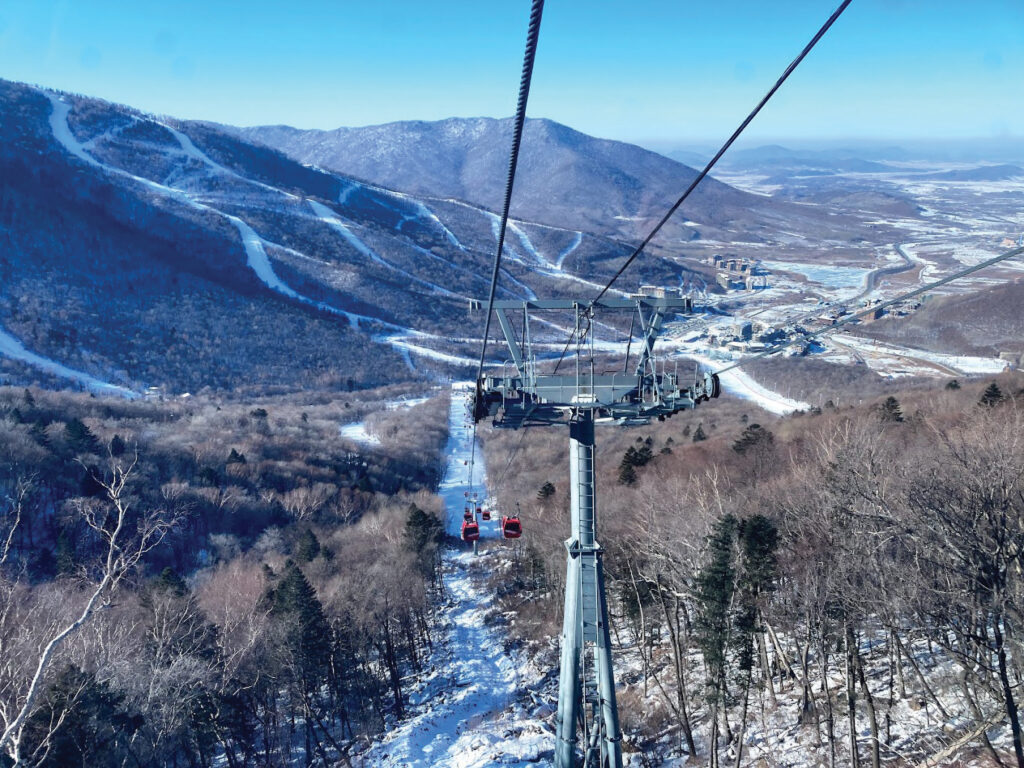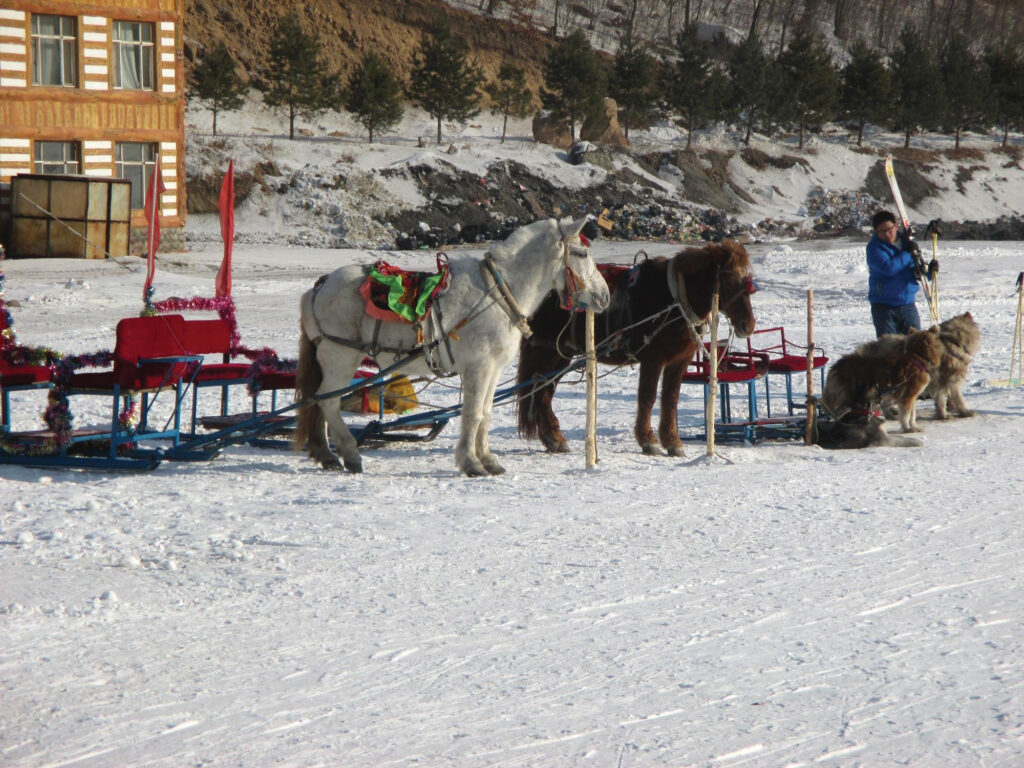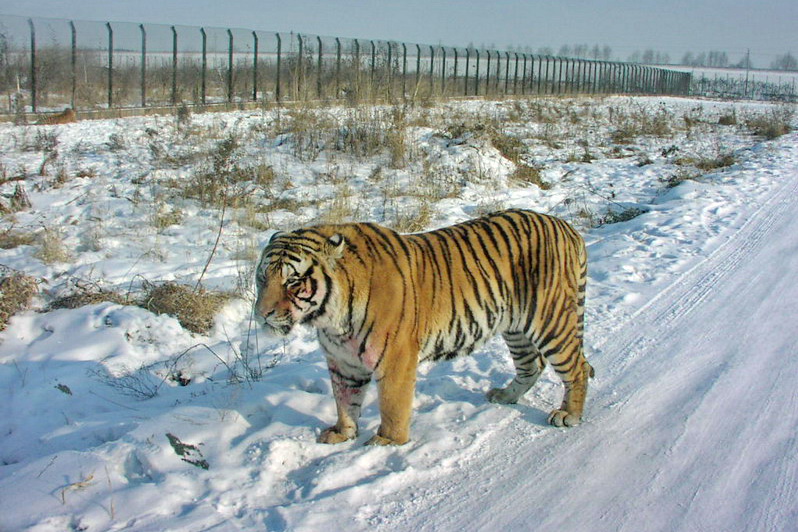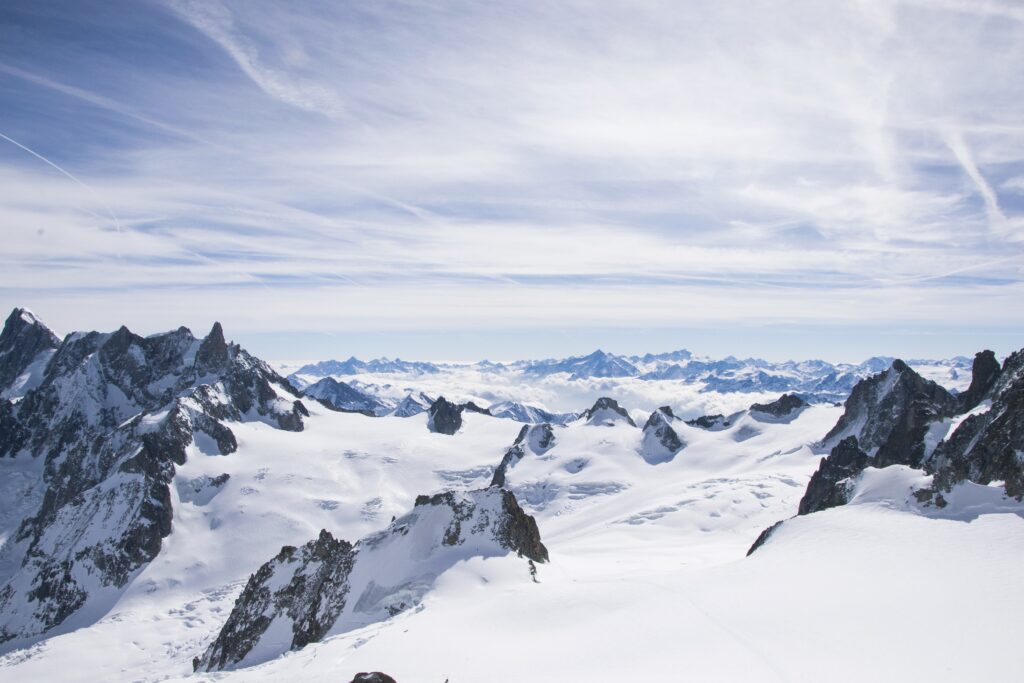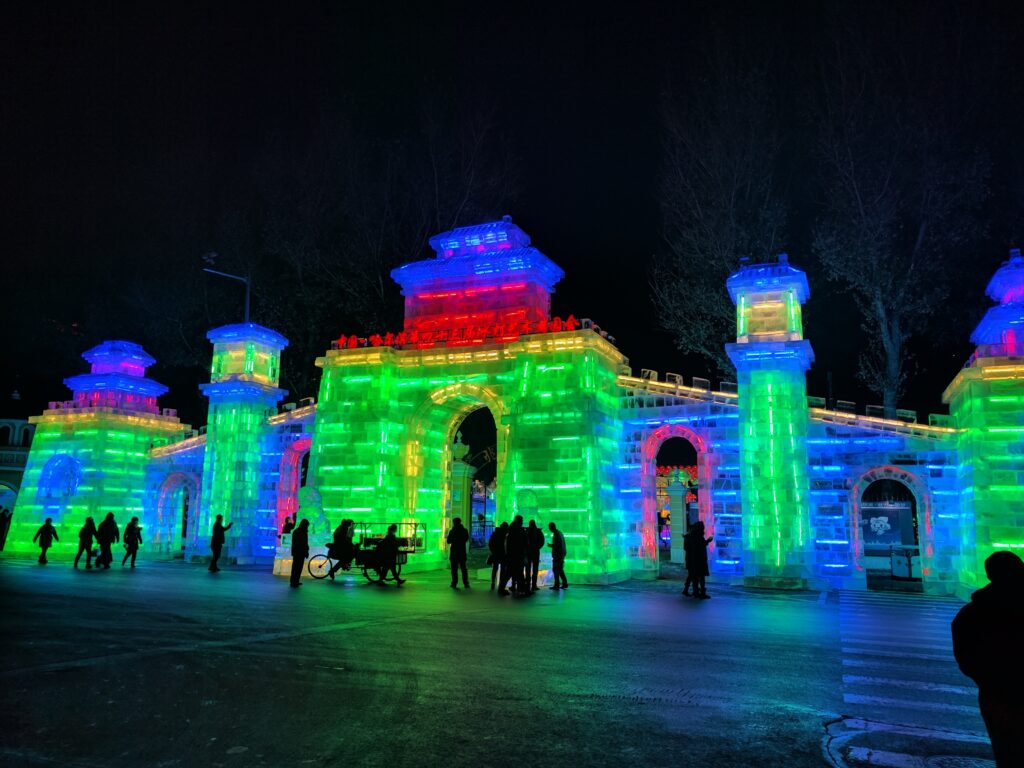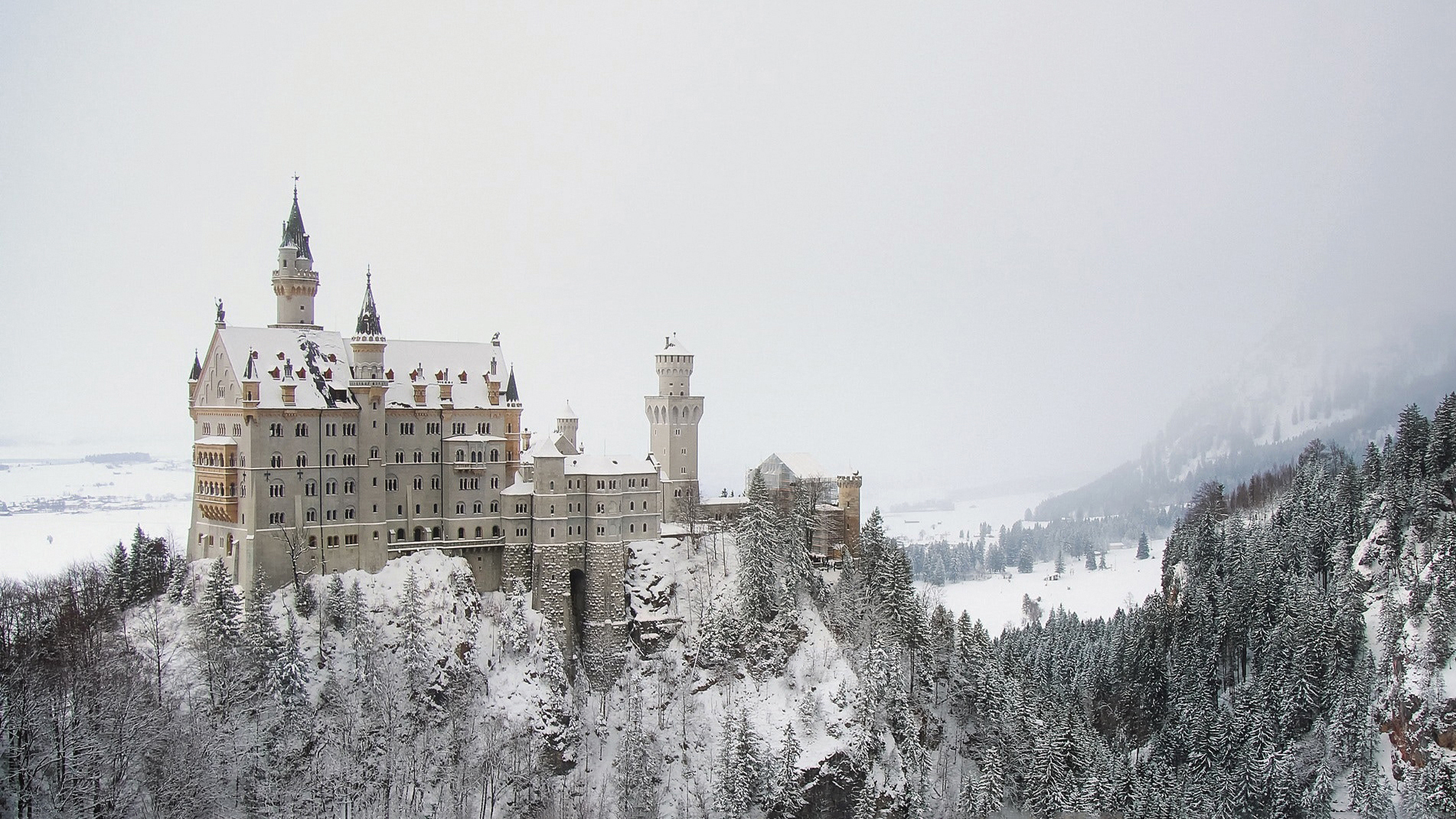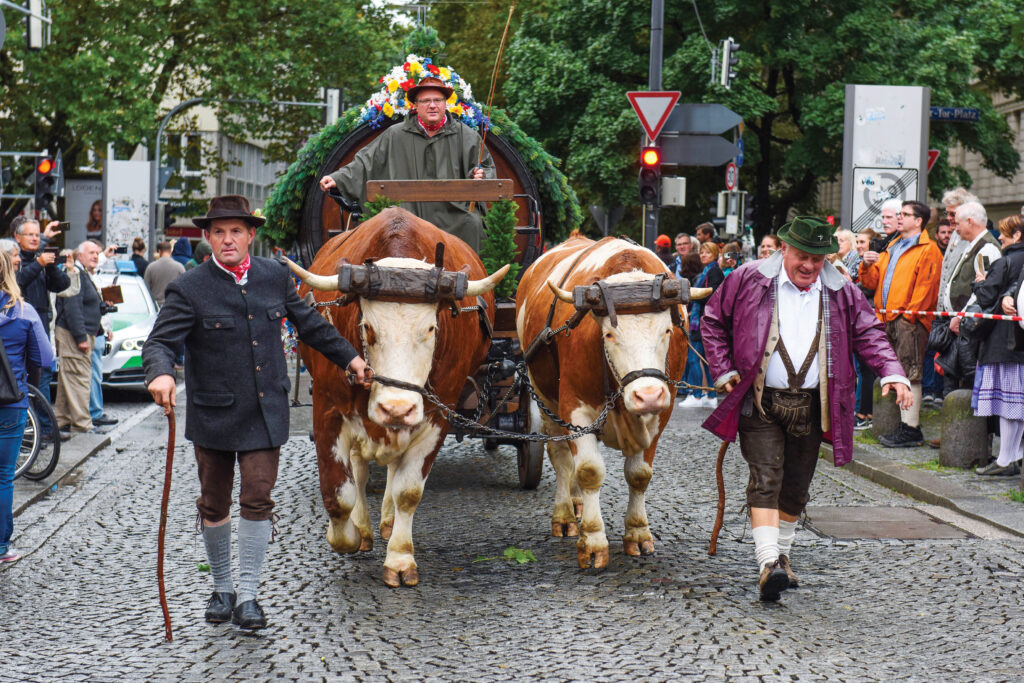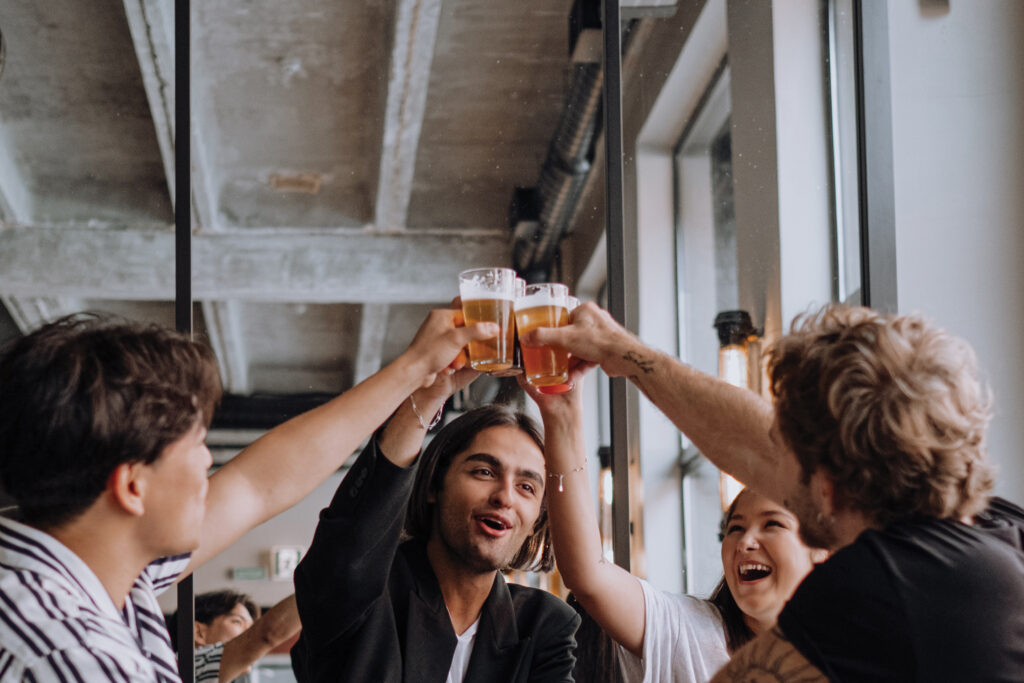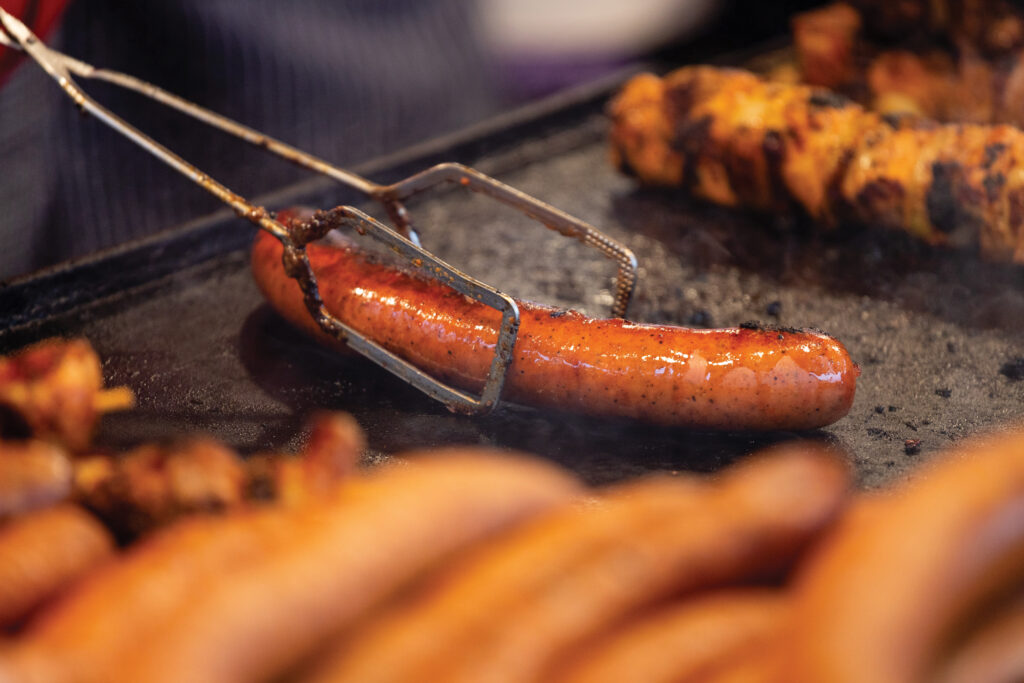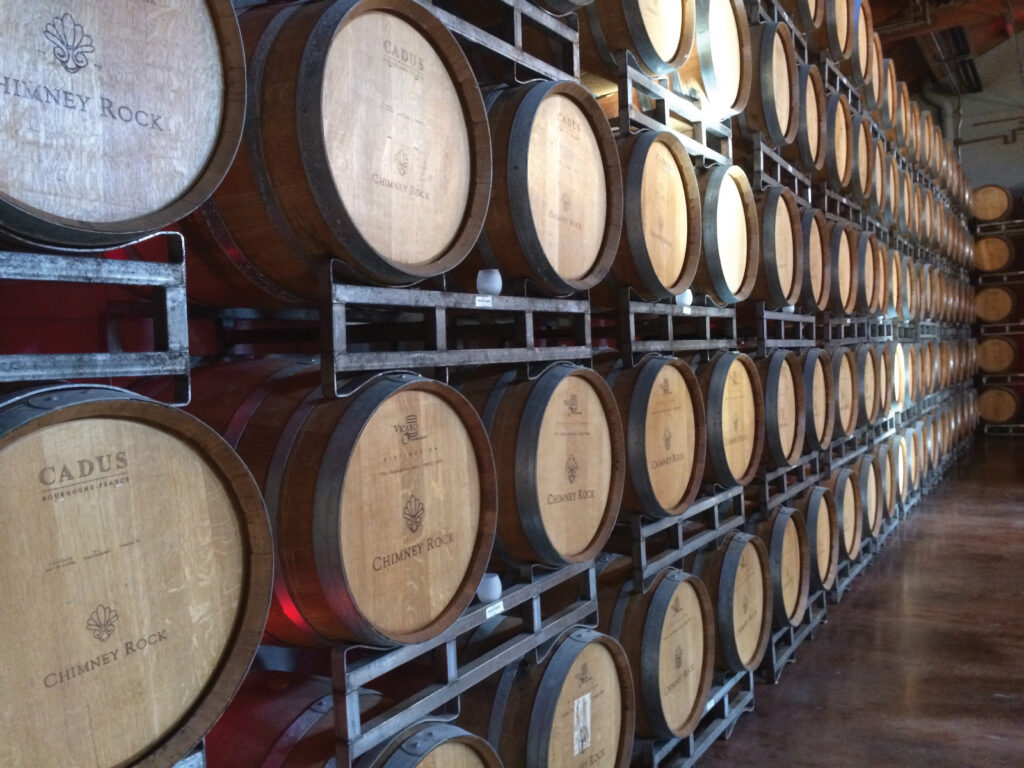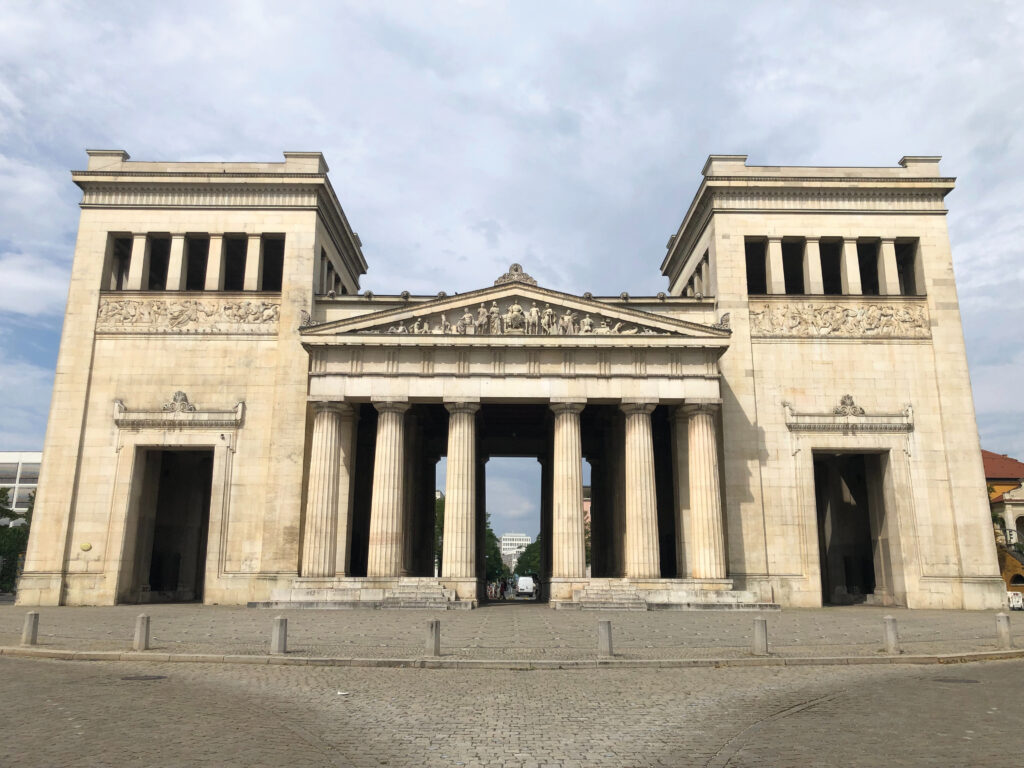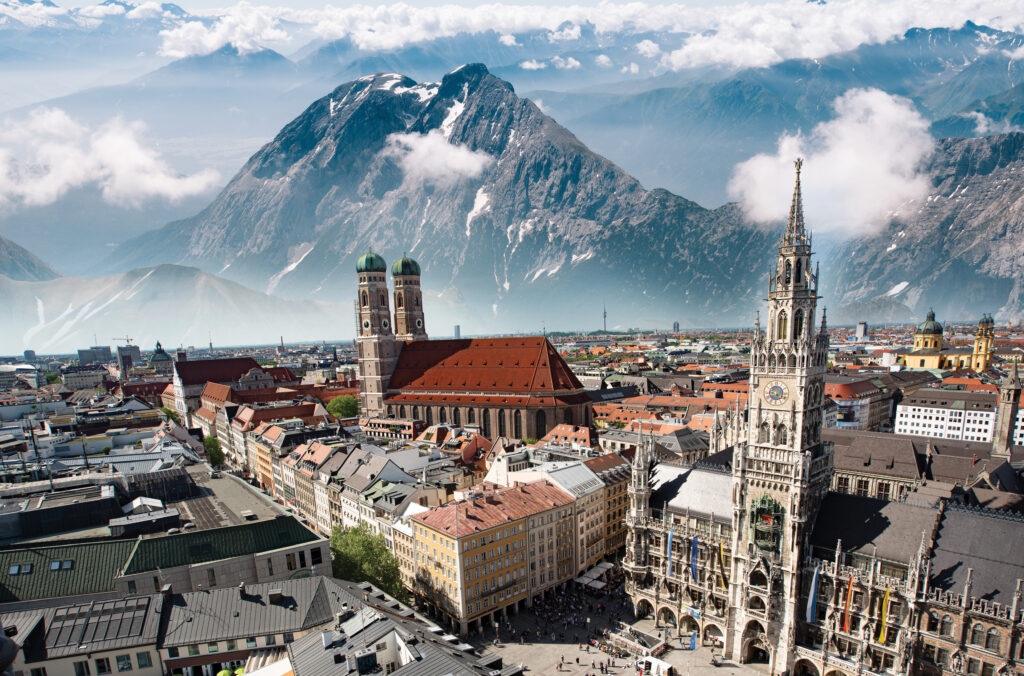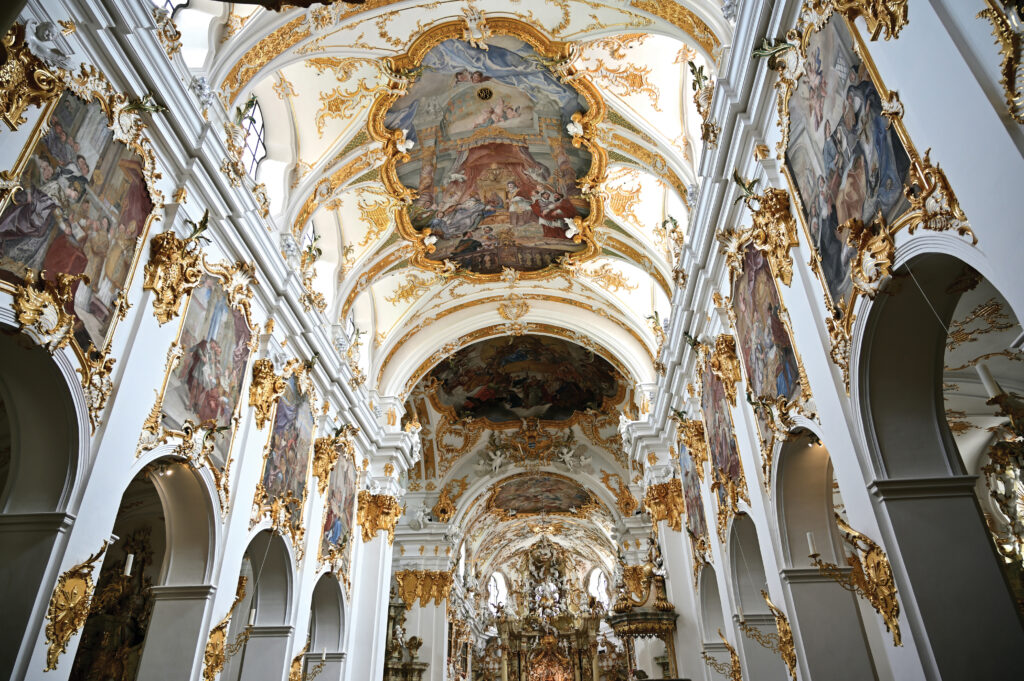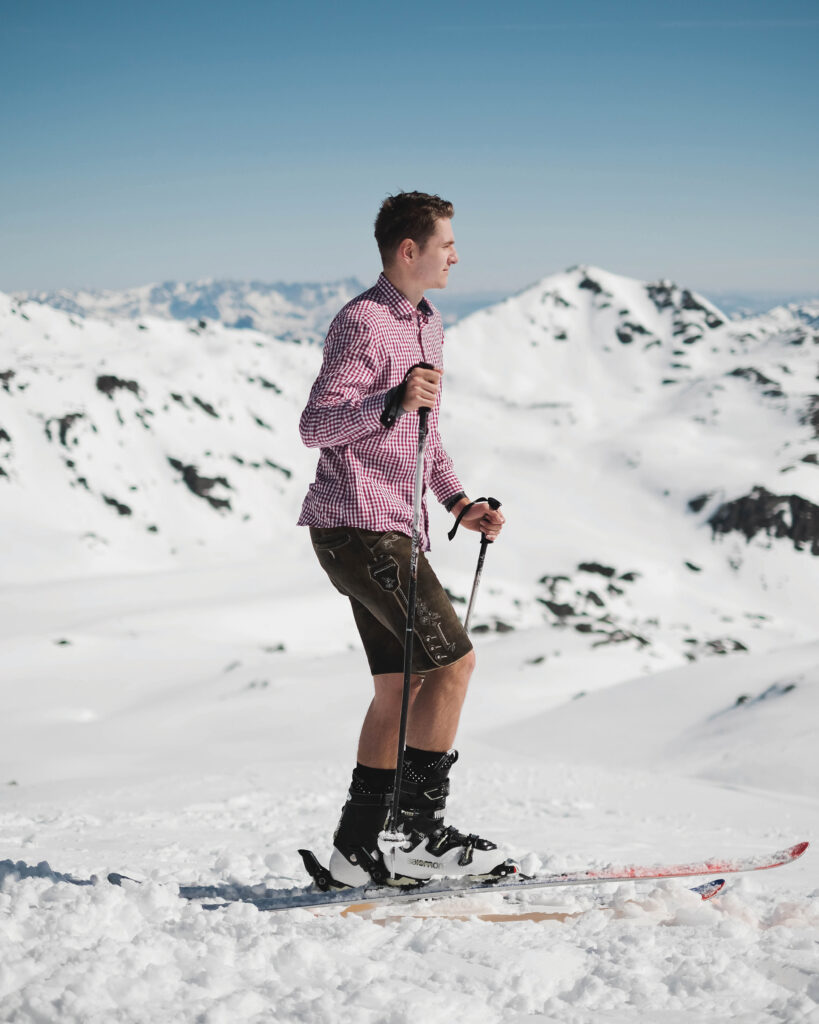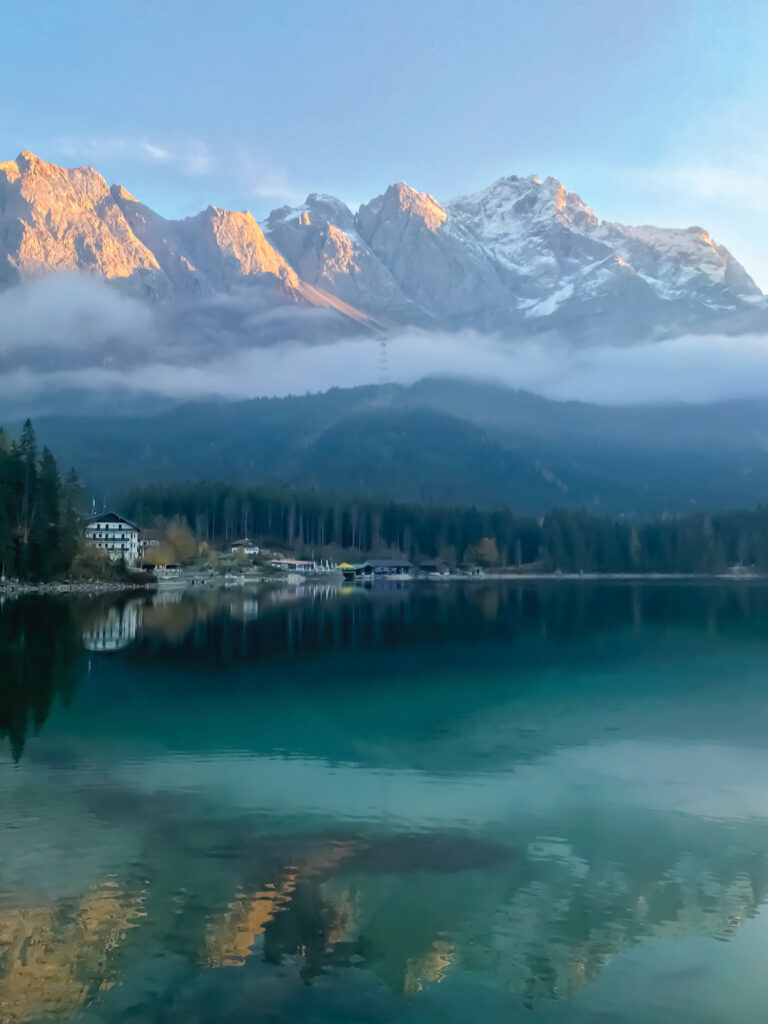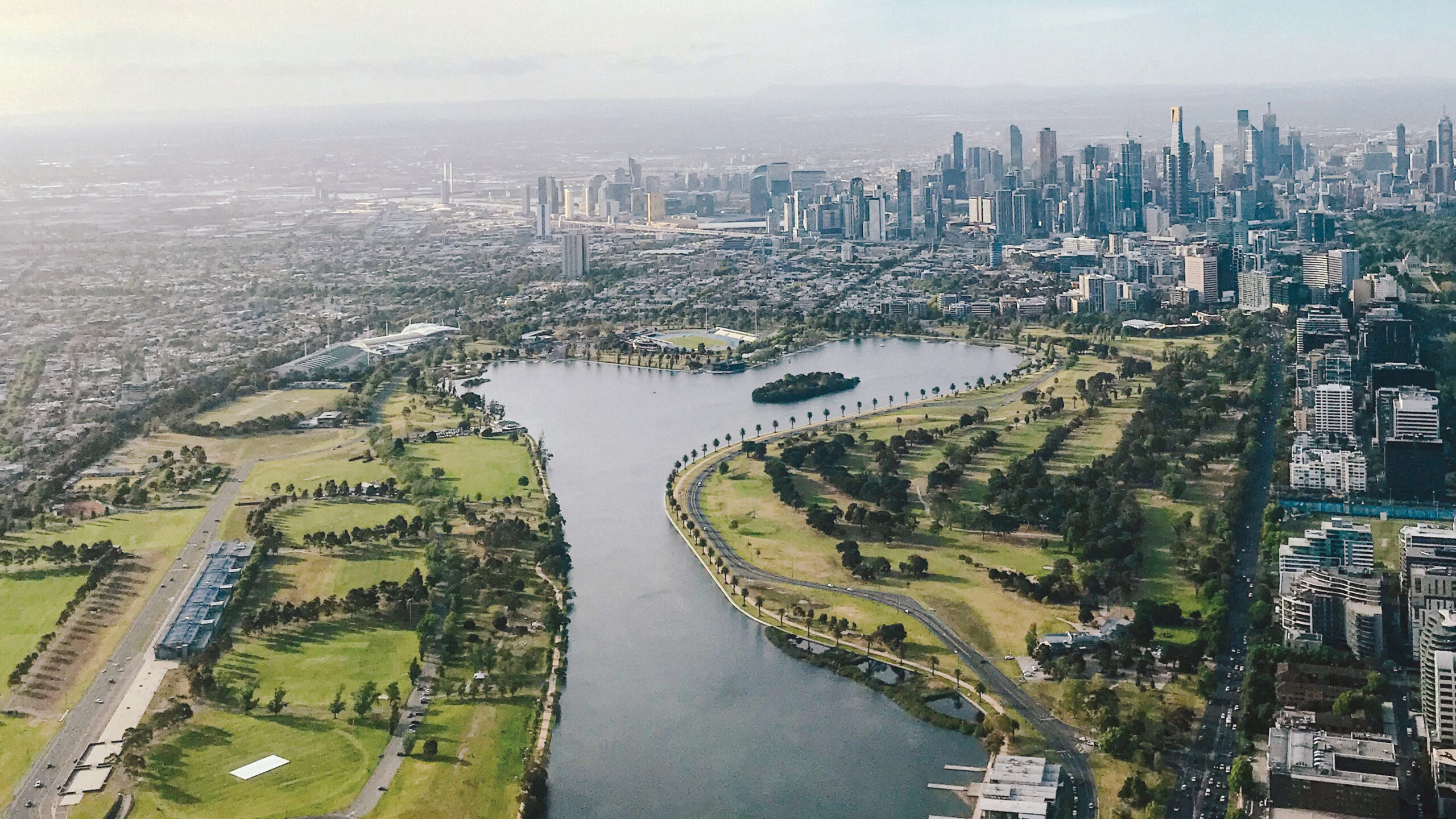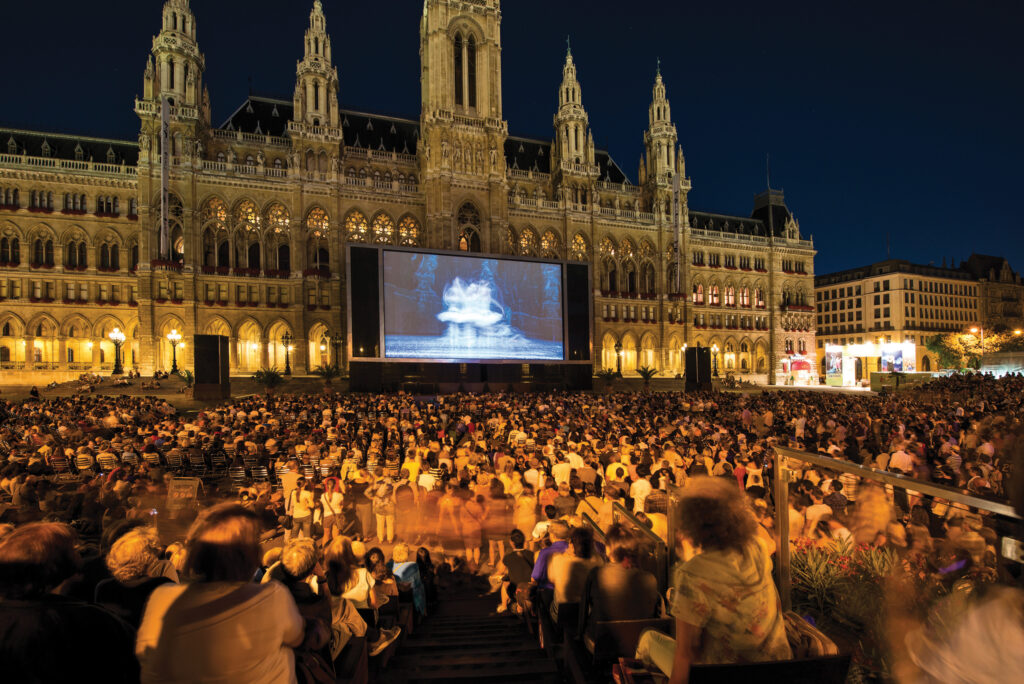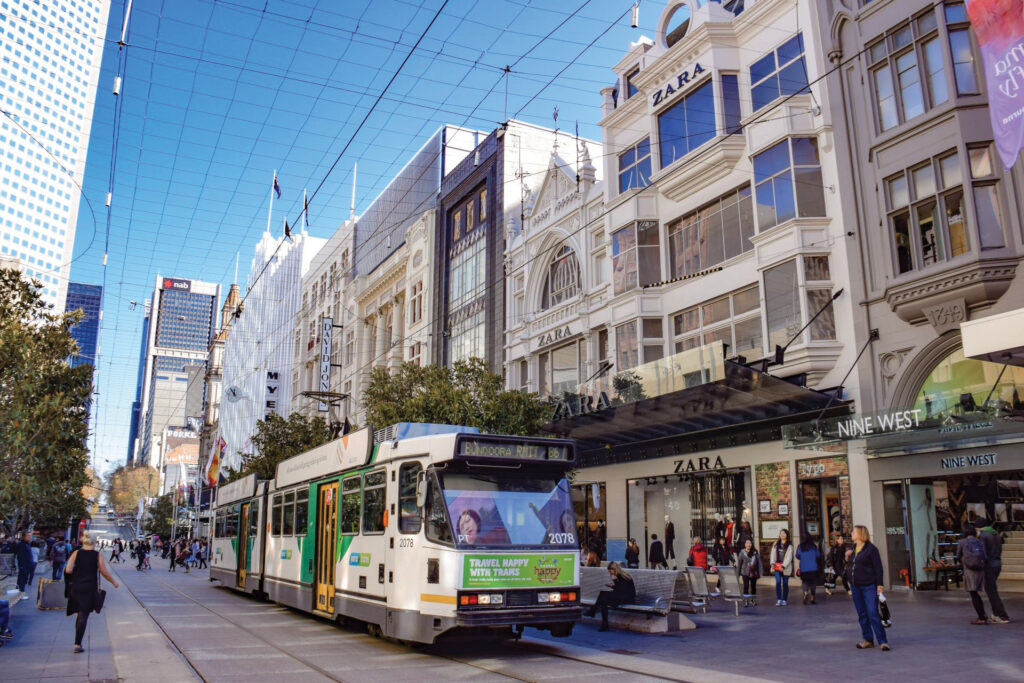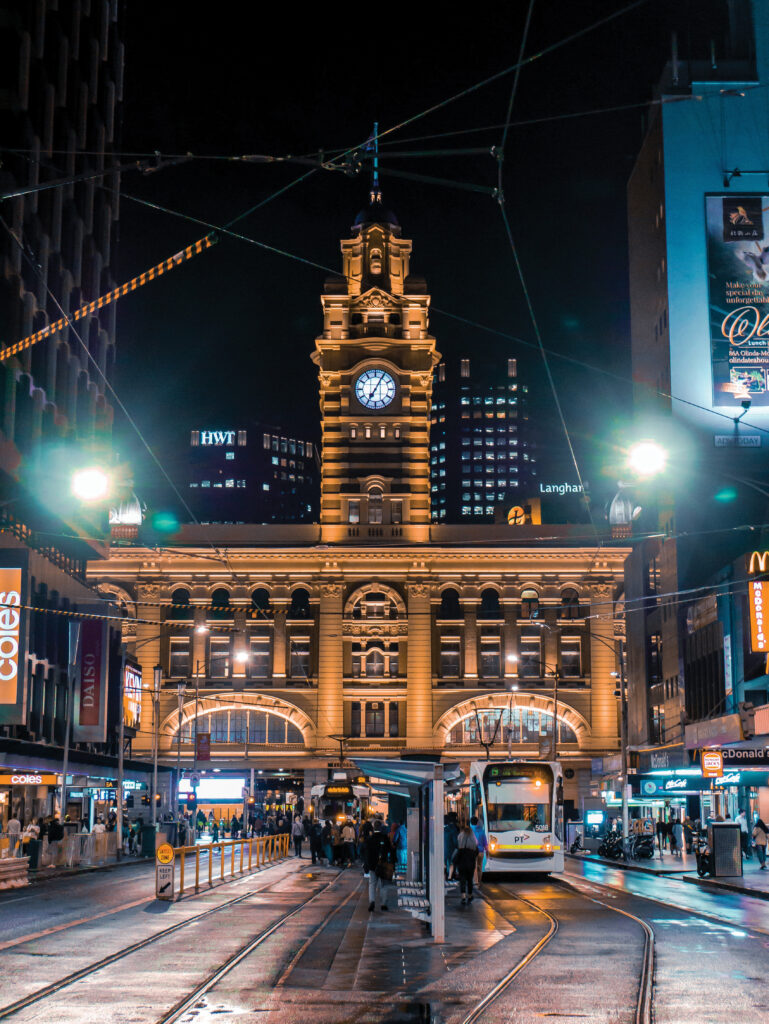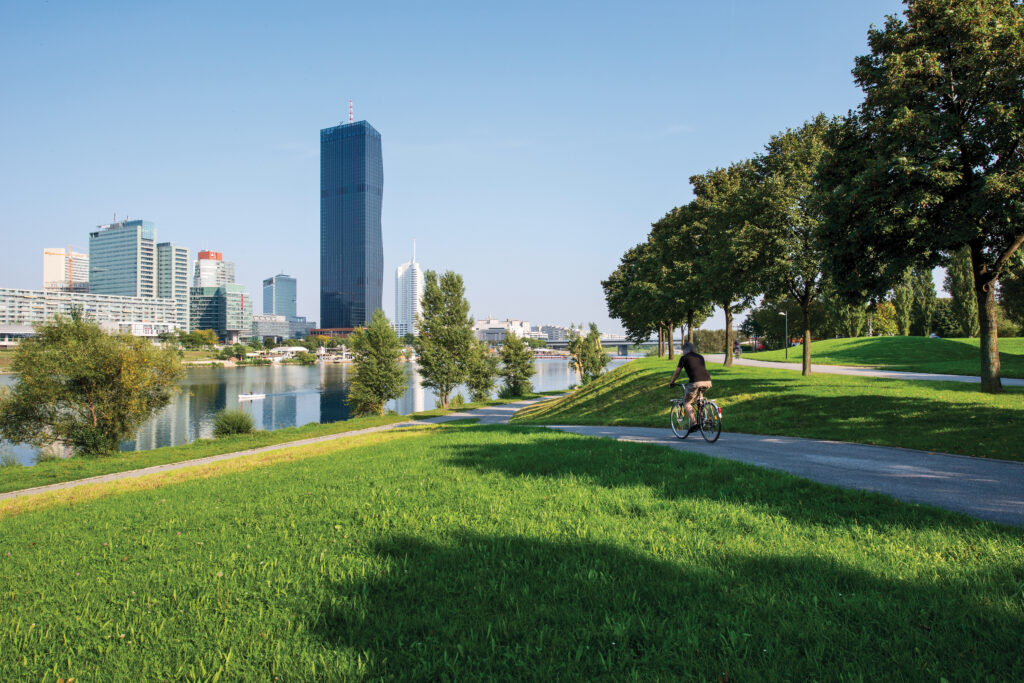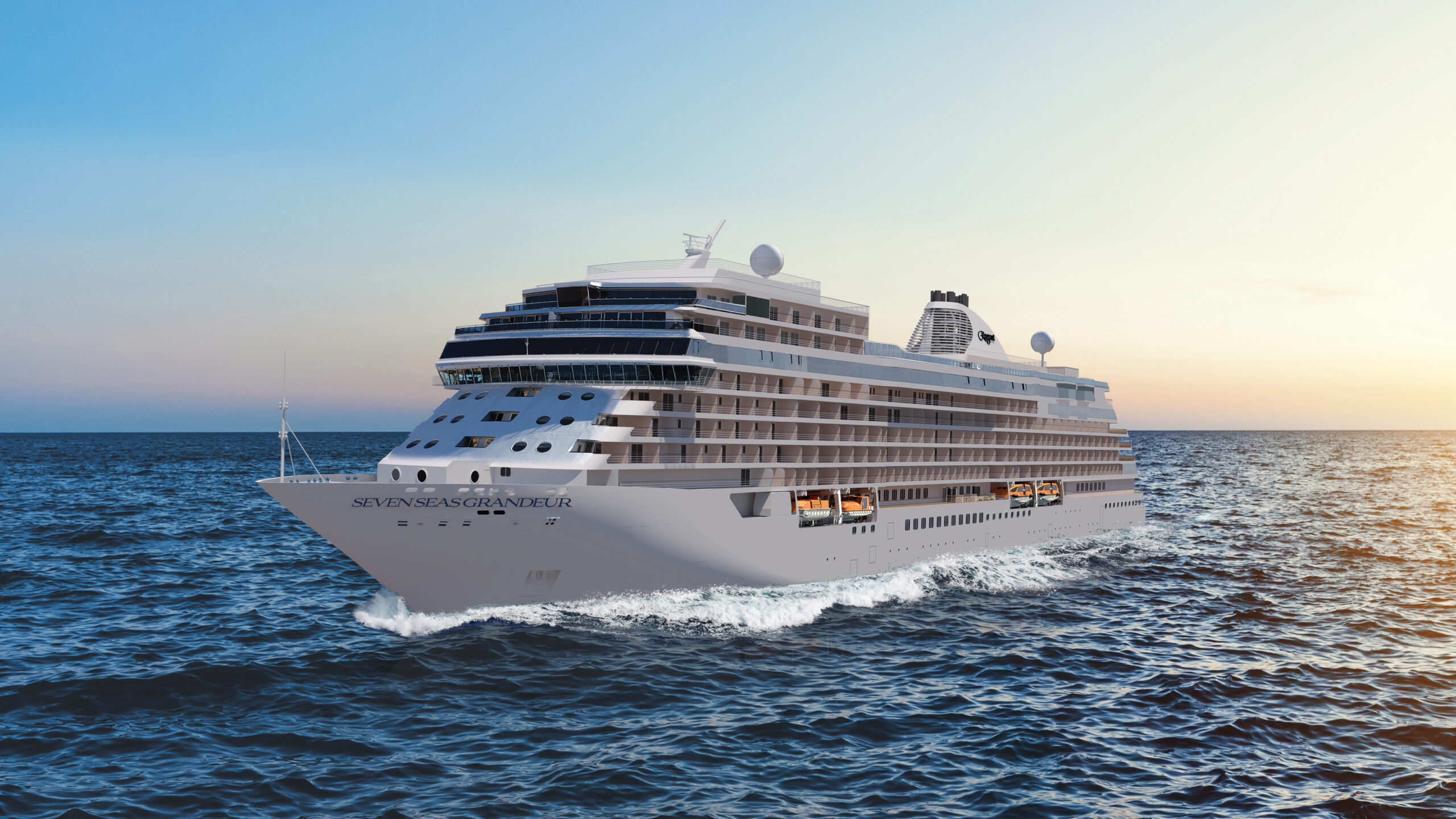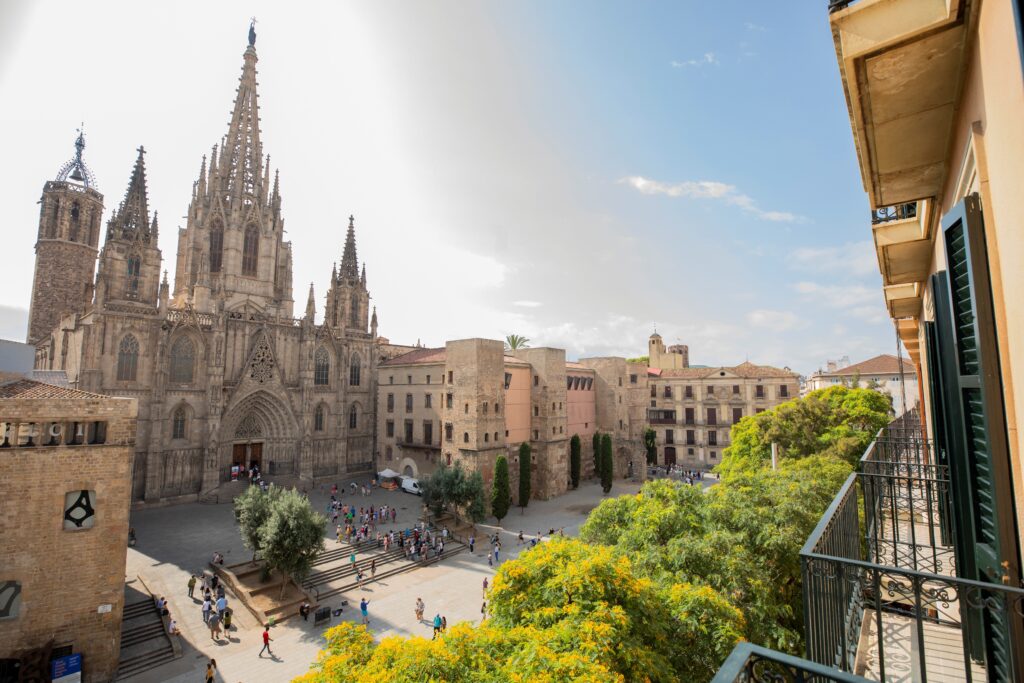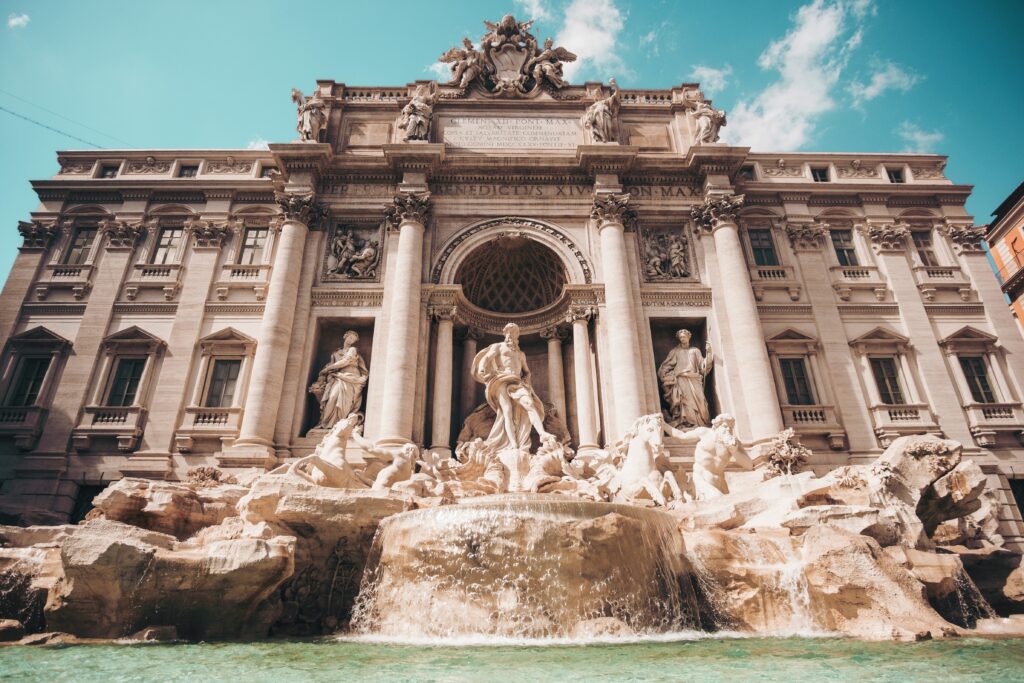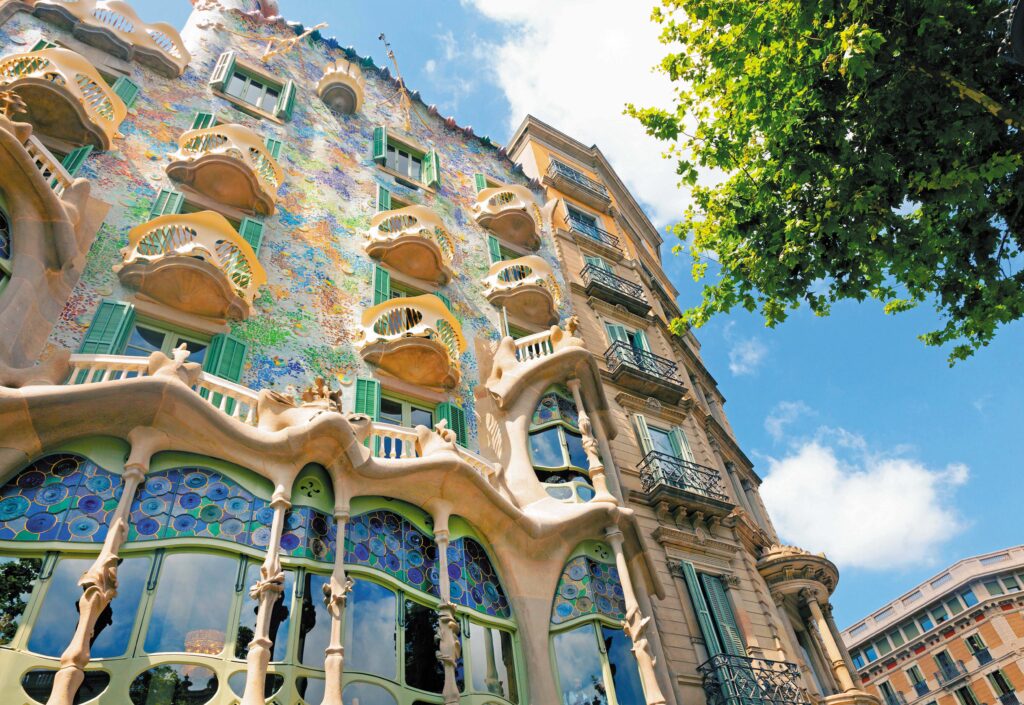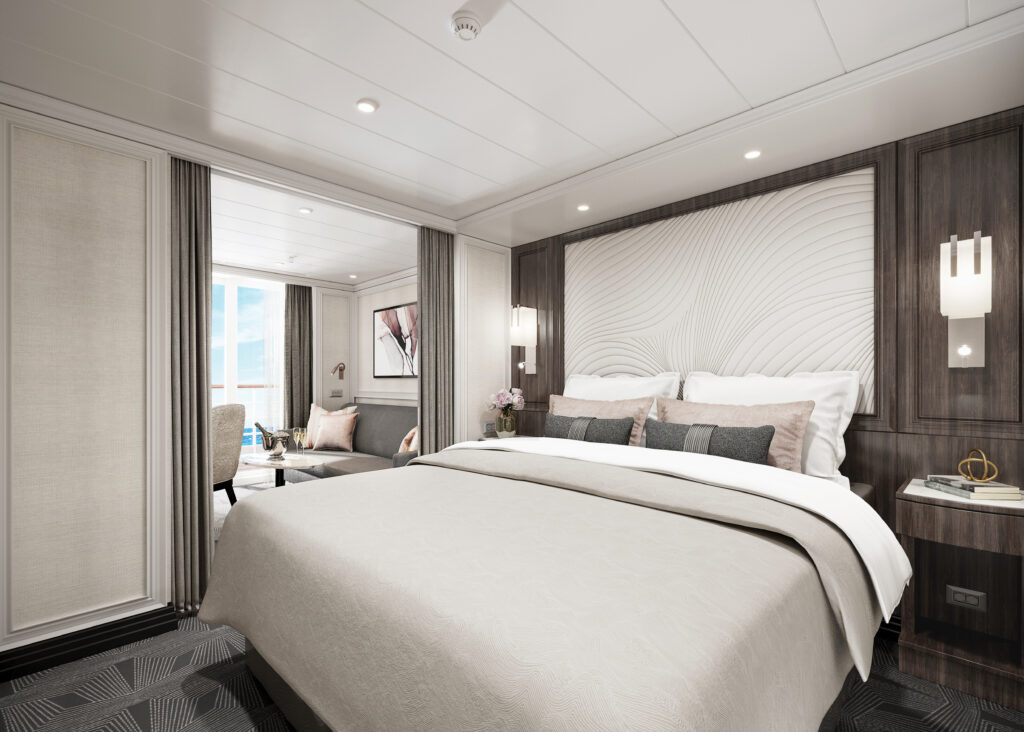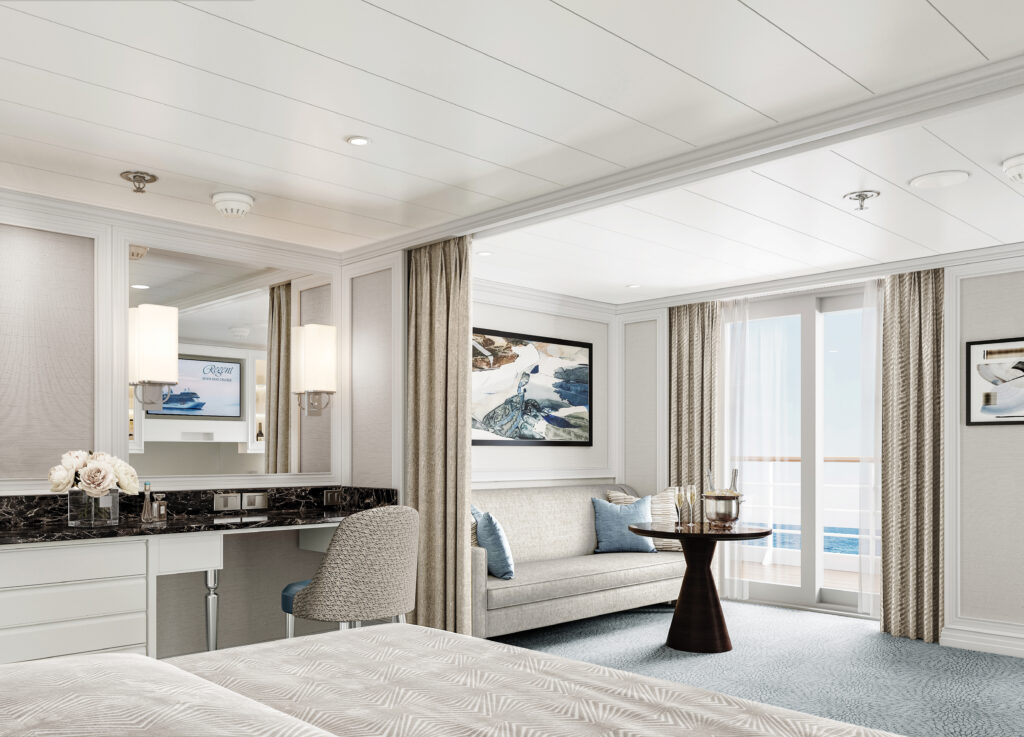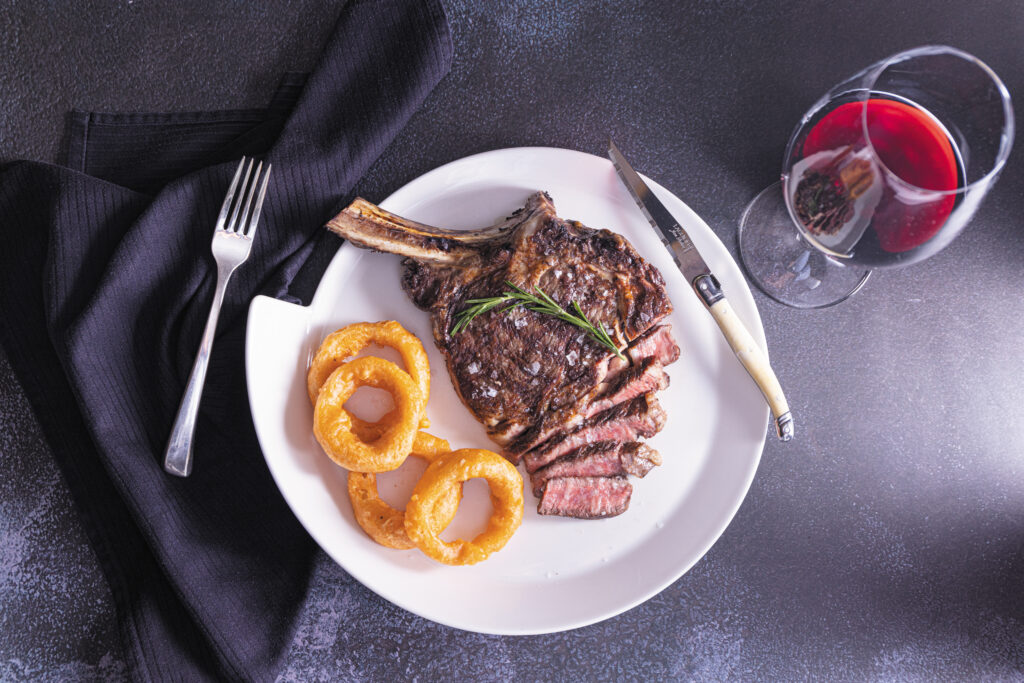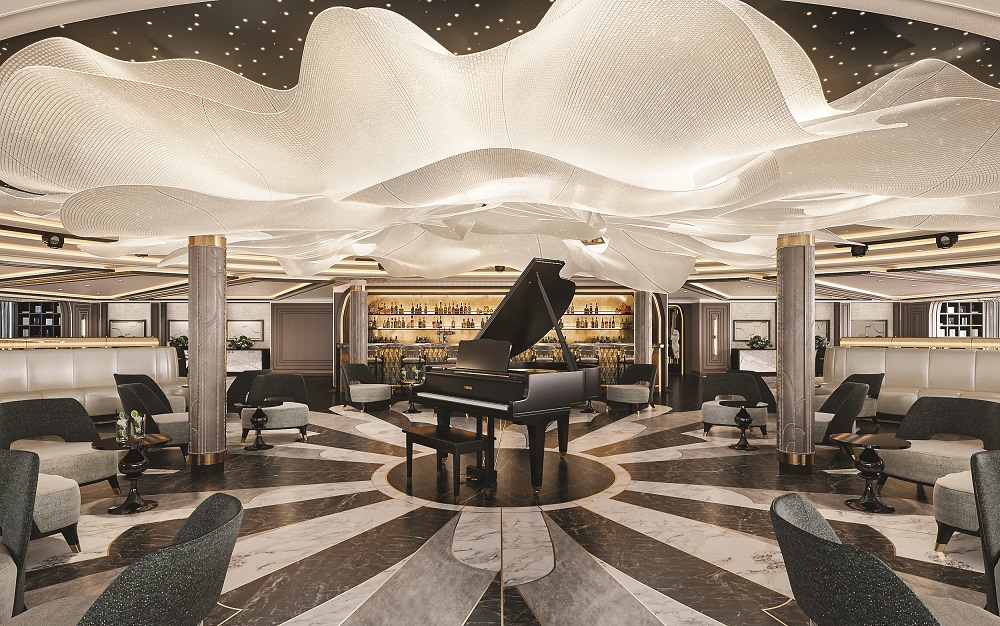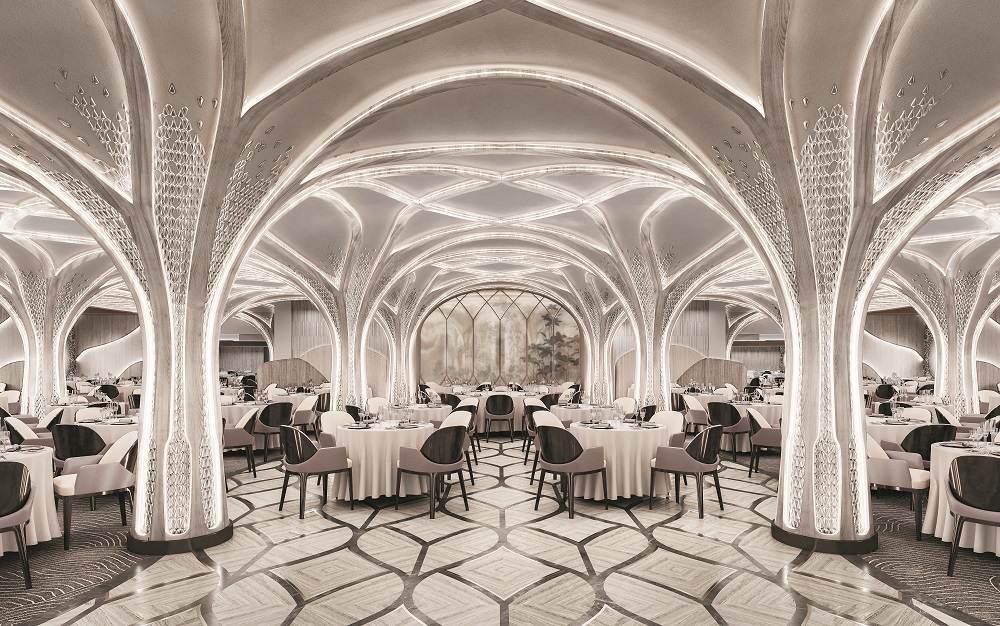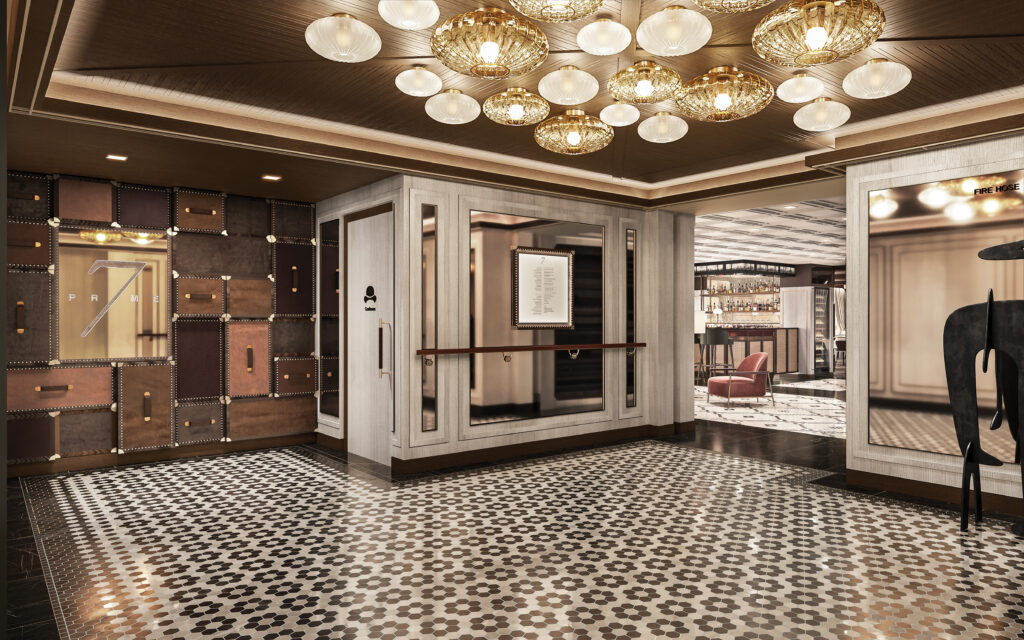Following last month’s joyous celebration of Chinese New Year, we pay homage to the start of a new cycle. There’s an abundance of festivals held around the world throughout the year that have deep cultural significance and bring people and communities closer. Here is a guide to the best and the brightest for globetrotters seeking to soak up local colour.
Colour of Water
March sees the Holi festival in India, a beloved tradition in the country’s north, where Hindus celebrate the arrival of Spring according to the lunar calendar by joyously throwing coloured water and powder dyes on anyone within range. No one or orifice is safe from the technicolour assault, which takes place on 25 March this year. Mathura, one of India’s holiest cities, attracts floods of pilgrims during this festival. Bonfires are held the night before to celebrate the demise of the demoness Holika.
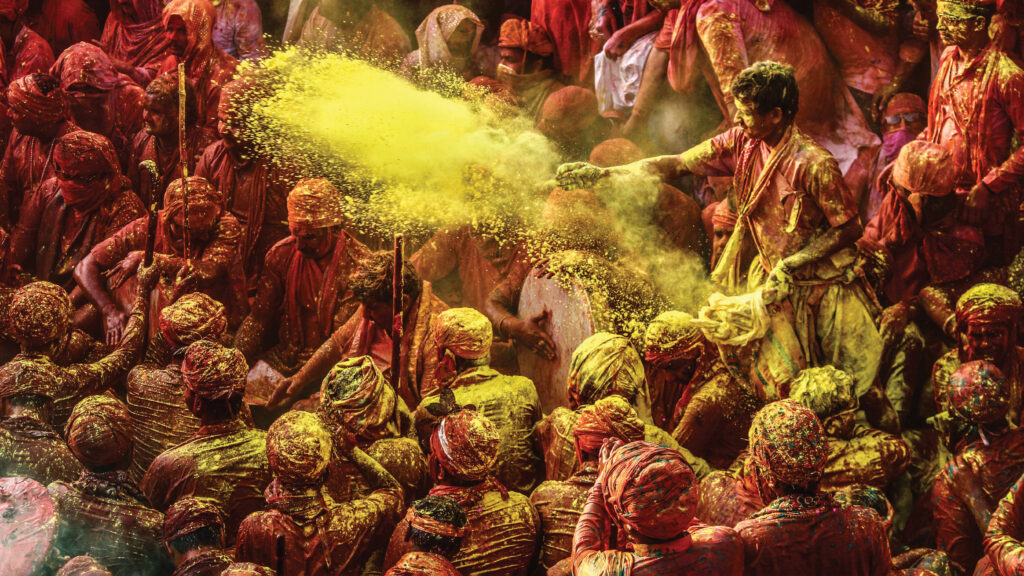
Saint Patrick’s Day falls annually on 17 March – a day in honour of the foremost patron saint of Ireland. The best place to celebrate the biggest day in the country’s cultural calendar is in the capital, Dublin, which becomes awash with the colour green. It’s a festival of fun – the famous Irish craic – and copious quantities of Guinness.
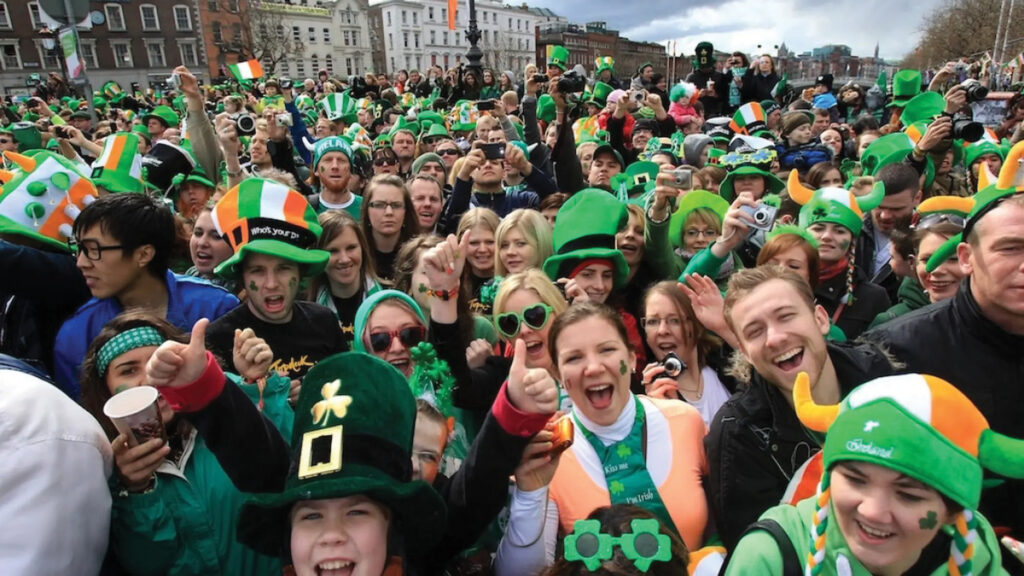
The Songkran Water Festival in Thailand has gained a reputation as the largest water fight in the world. It is part of the wider Songkran celebration of the Thai New Year (13-15 April), which is rich in symbolism for the Buddhist and Hindu calendars.
Music & Movie Mania
The New Orleans Jazz and Heritage Festival, held this year from 25 April to 5 May, brings 10 days of marvellous music from a multitude of genres – jazz, funk, gospel, blues, folk, bluegrass and others. The celebration marks the city’s roots as the birthplace of jazz. The latest celluloid splendours are aired every May at Festival de Cannes, known internationally as the Cannes Film Festival. Dating from the 1940s, the famous red- carpet event sees the best actors and filmmakers from around the world congregate on the French Riviera in an orgy of cinematic heaven. This year’s dates, 14-25 May, are a must for anyone fascinated by the global influence of movies.
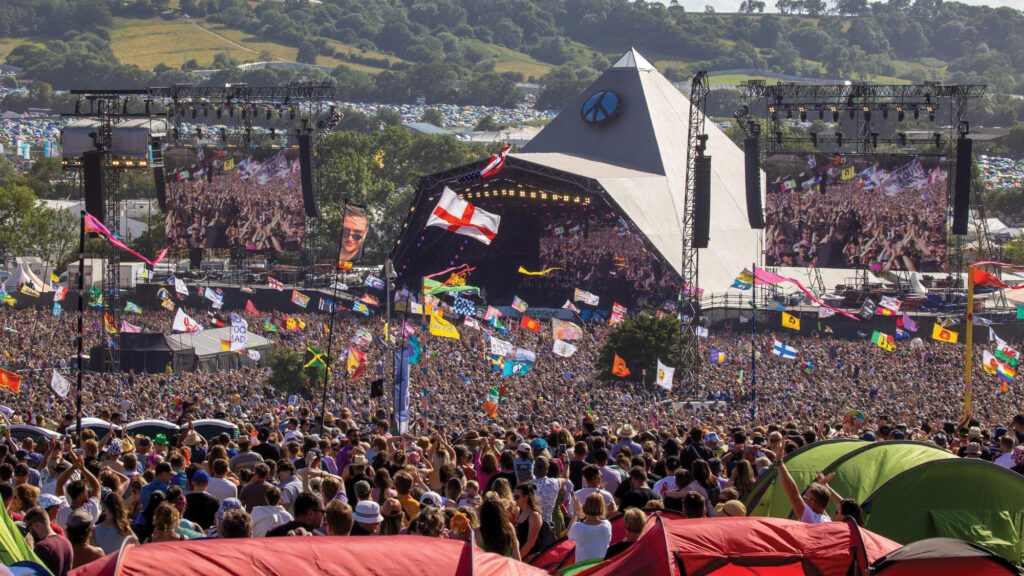
June heralds two famous music festivals, Summerfest in Milwaukee, Wisconsin, and Glastonbury in the UK. The former is marketed as the largest music festival in the US and is noted for its diverse range of musical styles; this year (weekends from 20 June to 6 July) features more than 1,000 performances by 800-plus acts spanning some of the industry’s hottest stars. The UK event (26-30 June) has moved to the mainstream and attracts mega stars as well as mega crowds to the muddy Somerset fields. Across the English Channel – or le Manche depending on your perspective – the huge biennial Paris Air Show takes place this month, too, with the next take-off on 16-22 June 2025.
Races in the Sun
The Basque Country goes bull crazy at the height of summer. In Pamplona, Spain, the world-famous Running of the Bulls (Festival de San Fermin) sees six bulls and steers released every morning from 7-14 July onto narrow, winding cobble-stoned streets thronged with brave (or mad) festival- goers – many donned in a traditional white shirt and red neckerchief – who attempt to dodge the stampede or run the entire five-minute course alongside them. The whole town is in a party mood for the week in honour of Saint Fermin, the co- patron saint of Navarre.
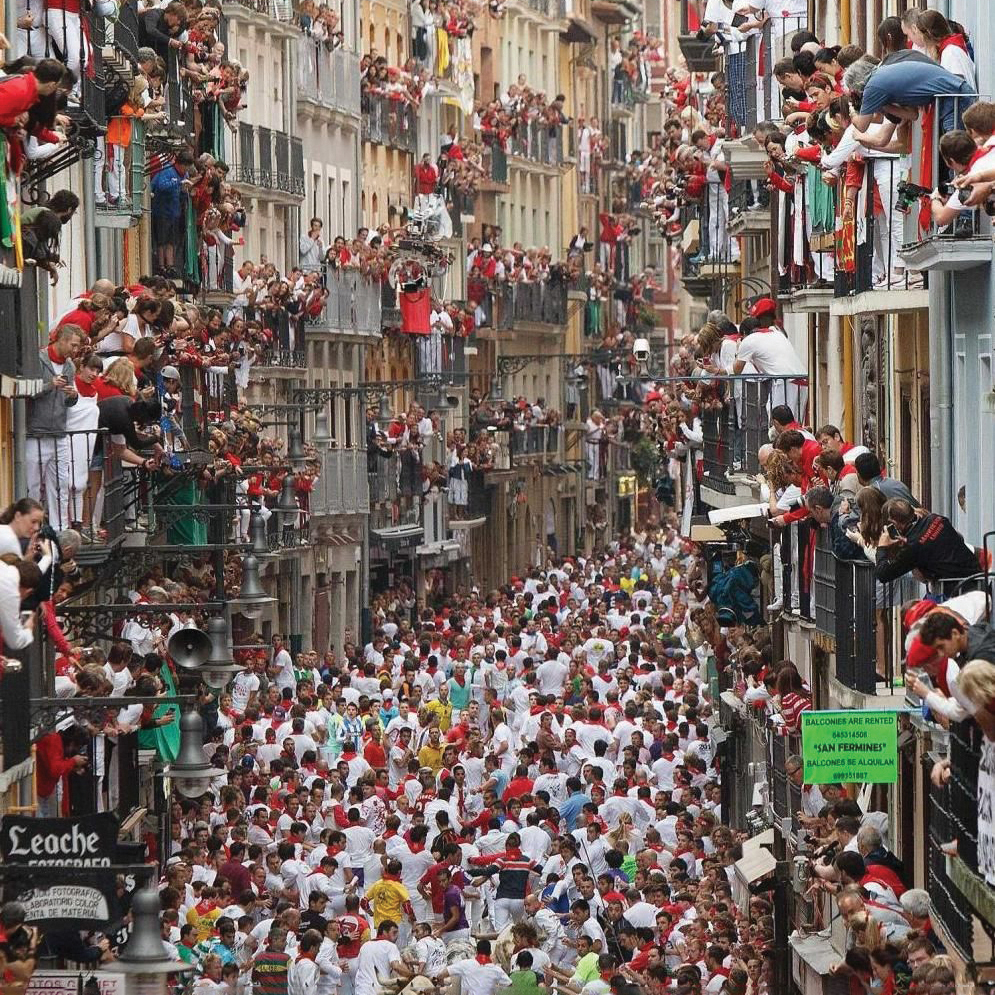
Over in Italy, the magnificent Palio di Siena horse race is staged twice in the summer, on 2 July and again on 16 August. The event has medieval origins and is preceded by a majestic pageant that attracts visitors from across the world.
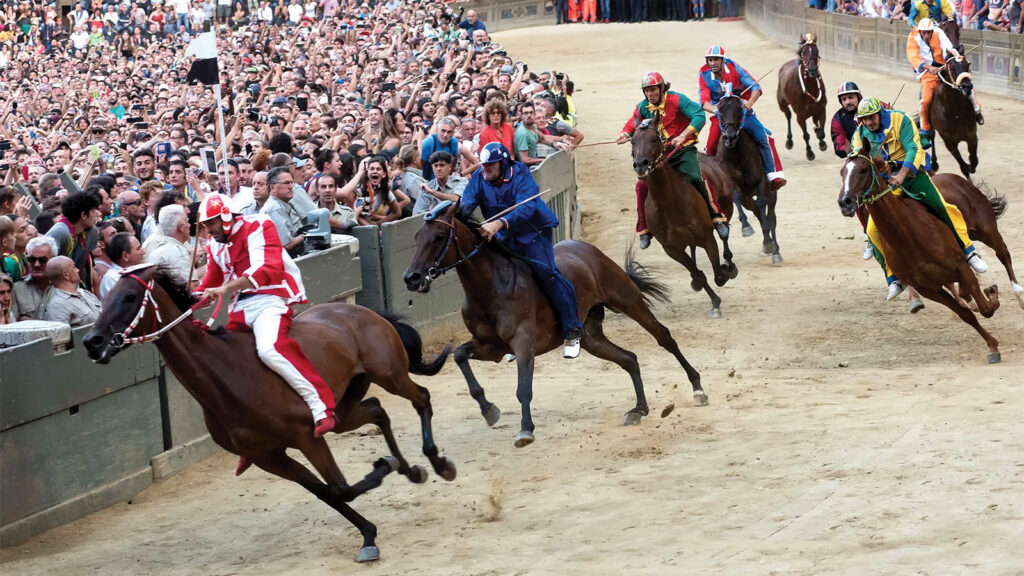
Back in Spain, the world’s biggest tomato fight takes place in the Valencian town of Buñol, La Tomatina on the last Wednesday of August (28th this year). First held in 1945, following a quarrel that broke out near a handy market stall, it has grown into an annual entertainment. The medieval city centre fills with bands and parades, and participants are doused in water before the fun begins.
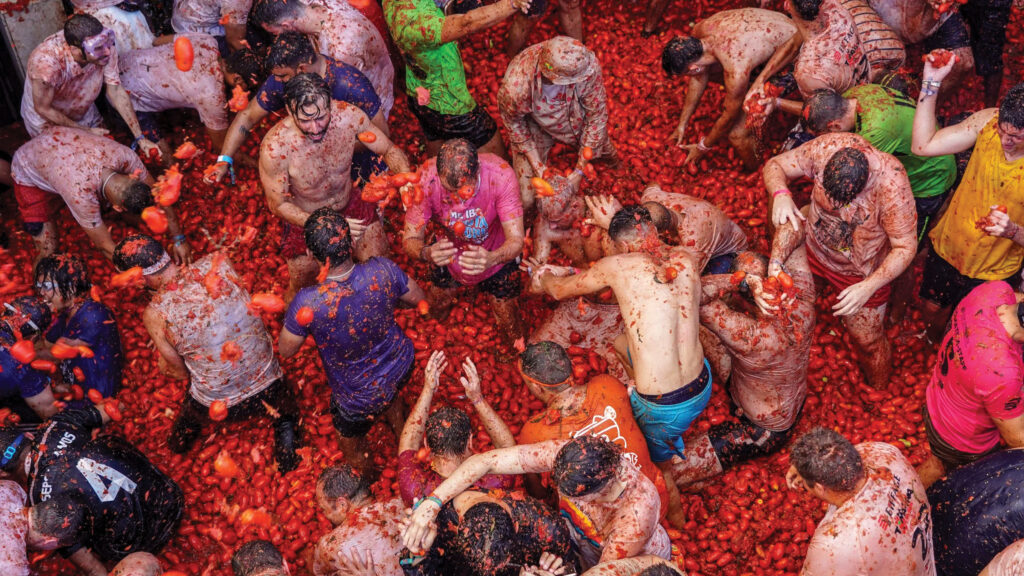
Autumn High Lights
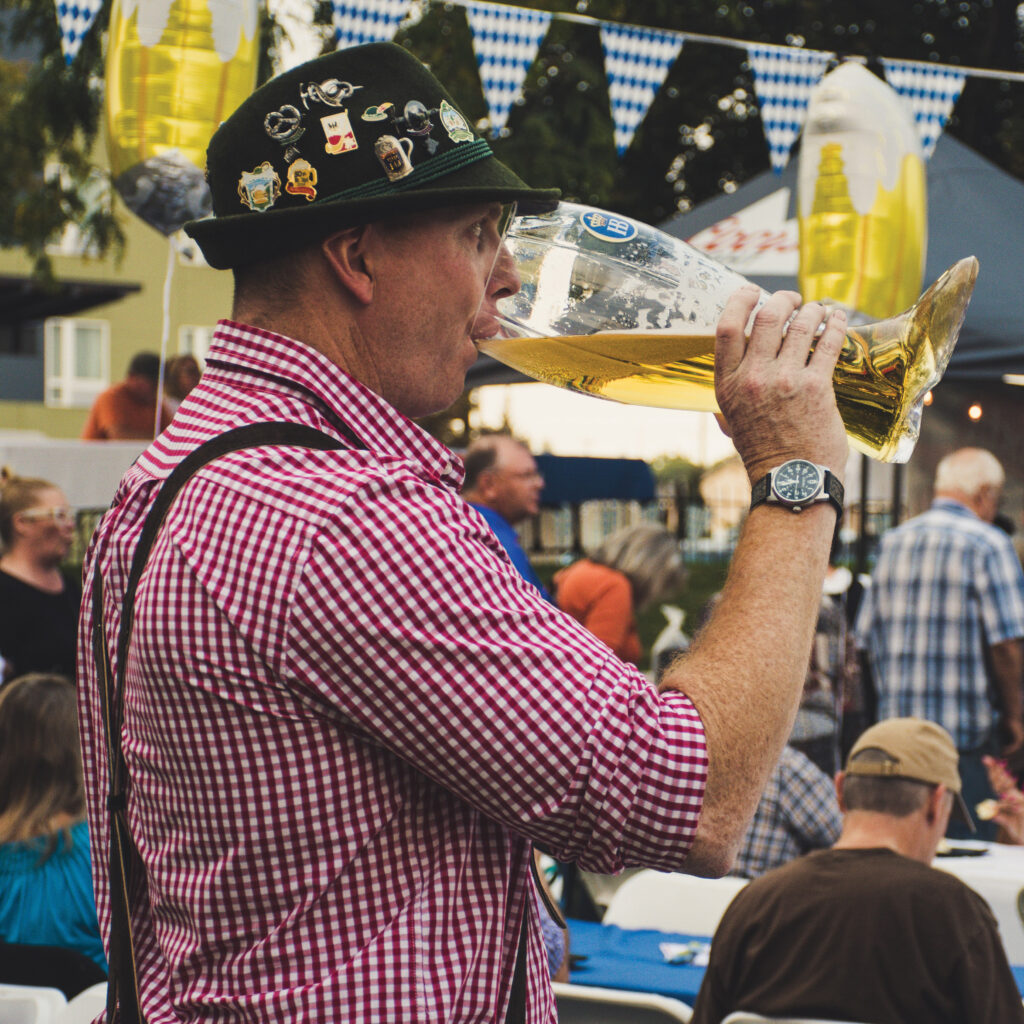
The famous Oktoberfest is held in Munich every autumn. This more than 200-year-old tradition began as a celebration of the marriage of Bavarian Crown Prince Ludwig to Therese of Saxe- Hildburghausen in 1810. With people dressed in traditional lederhosen and drindl swaying to the music of the oompa bands, the city becomes one huge party with many raucous beer tents as well as a huge fair. This year’s epic beer-swilling lasts from 21 September to 6 October.
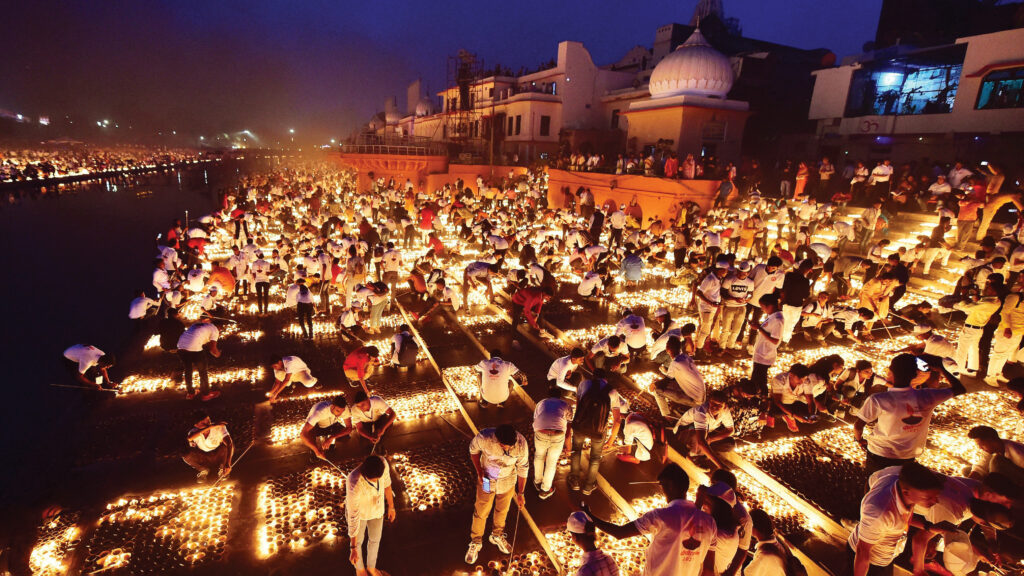
Diwali, or the ‘Festival of Lights’, falls on the first day of November in 2024, with festivities held on two days each side of the main holiday. Though celebrated by Hindus and other Indian religions across Asia, India knows how to put on a festival and the subcontinent is a good place to be during this nod to the triumph of good over evil and light over darkness. Stay on for the Pushkar Camel Fair in India, a must-see cultural event held in Rajasthan, which begins this year on 9 November.
Dancing the Year Away
In Konya, Turkey, the Mevlana Festival occurs in mid-December, with the famed Sufi whirling dervishes spinning their way to a closer connection with Allah. With roots from the 13th century, this quite dizzying performance dance is accompanied by drums, flutes and camera shutters.
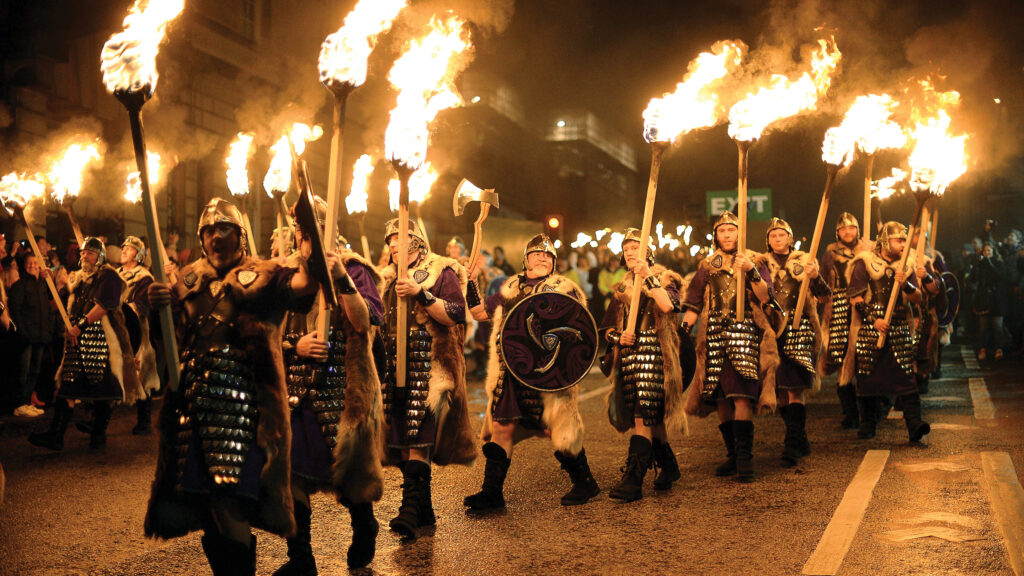
New Year celebrations at the end of December and early January herald rejoicing the world over, none more so than Hogmanay in Edinburgh, Scotland. The festival lasts about four days spanning New Year’s Eve and the beautiful Georgian city becomes a massive outdoor street party with concerts and fireworks.
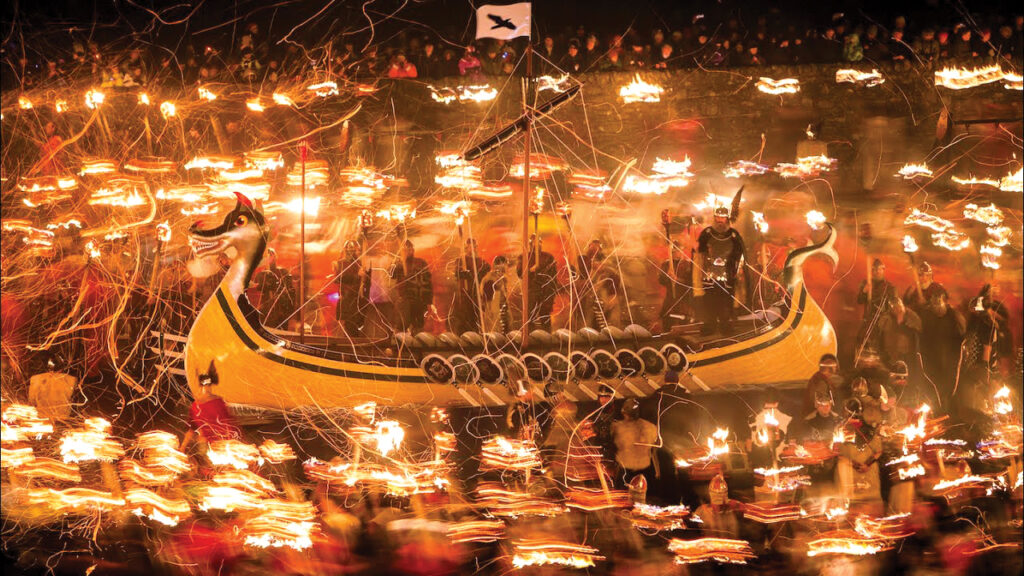
Heading as far north as you can get in the UK, Shetland is home to Up Helly Aa, a series of fire
festivals that bid adieu to Yuletide; the largest, in the capital of Lerwick, blazes on the last Tuesday of January. Each festival ends with the burning of an imitation Viking galley that has been dragged through torch-lit streets in a magical ceremonial procession, followed by a night of partying.
Letting Rip Before Lent
The end of February sees the huge Carnival in Rio de Janeiro (28 February – 5 March), a signal for non-stop revelry with parties happening in every corner of town. Streets heave with partygoers dancing to the samba beat and drums pounding amid an array of amazing costumes of feathers, sequins and glitter and towering parade floats. Held every year before Lent, parties go on through the night in this celebration that has its roots in Catholicism and also salutes Brazilian culture. Samba schools train for many months in preparation for the four-day parade which winds its way through to the Sambadrome Marquês de Sapucaí arena.
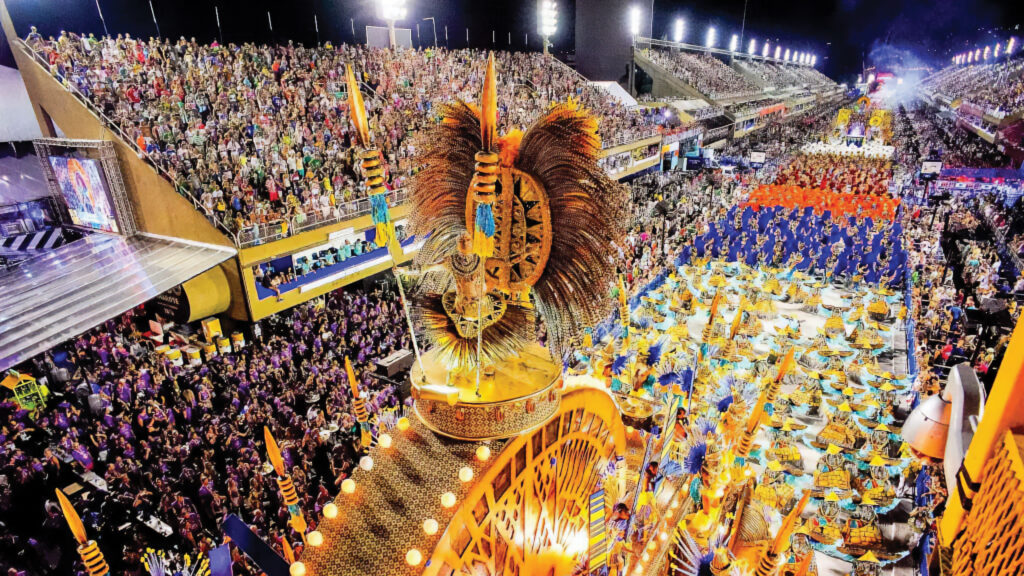
Mardi Gras is another famous Christian tradition, again celebrated before the Lenten sacrifices. The words mean ‘Fat Tuesday’ in French – a day of feasting before the fasting begins. Many countries celebrate Mardi Gras, rejoicing in a proliferation of exuberant costumes to celebrate the beauty of life. The Cape Verde archipelago off the coast of West Africa has gained a reputation for holding raunchy parties that mix Latin style and Brazilian sex appeal. The traditions behind the famous New Orleans Mardi Gras party, particularly known for its elaborate costumes, date back to the time of the French colonialists.
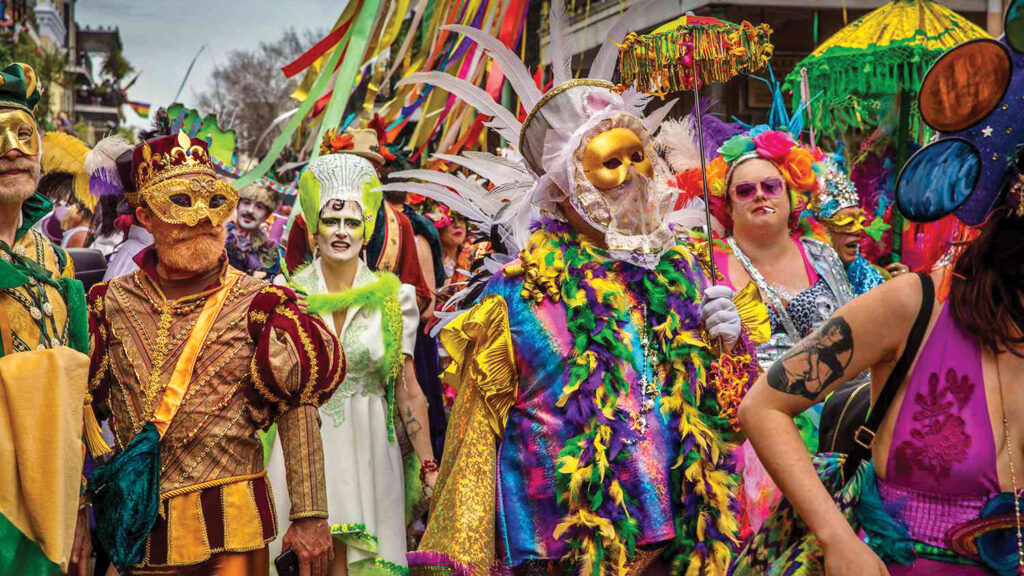
The Carnival of Venice with its distinctive masks was reinstated in 1979 after centuries of being banned. Celebrating the history and culture of Venice, it takes place over 10 days, ending on Shrove Tuesday (4 March in 2025).



